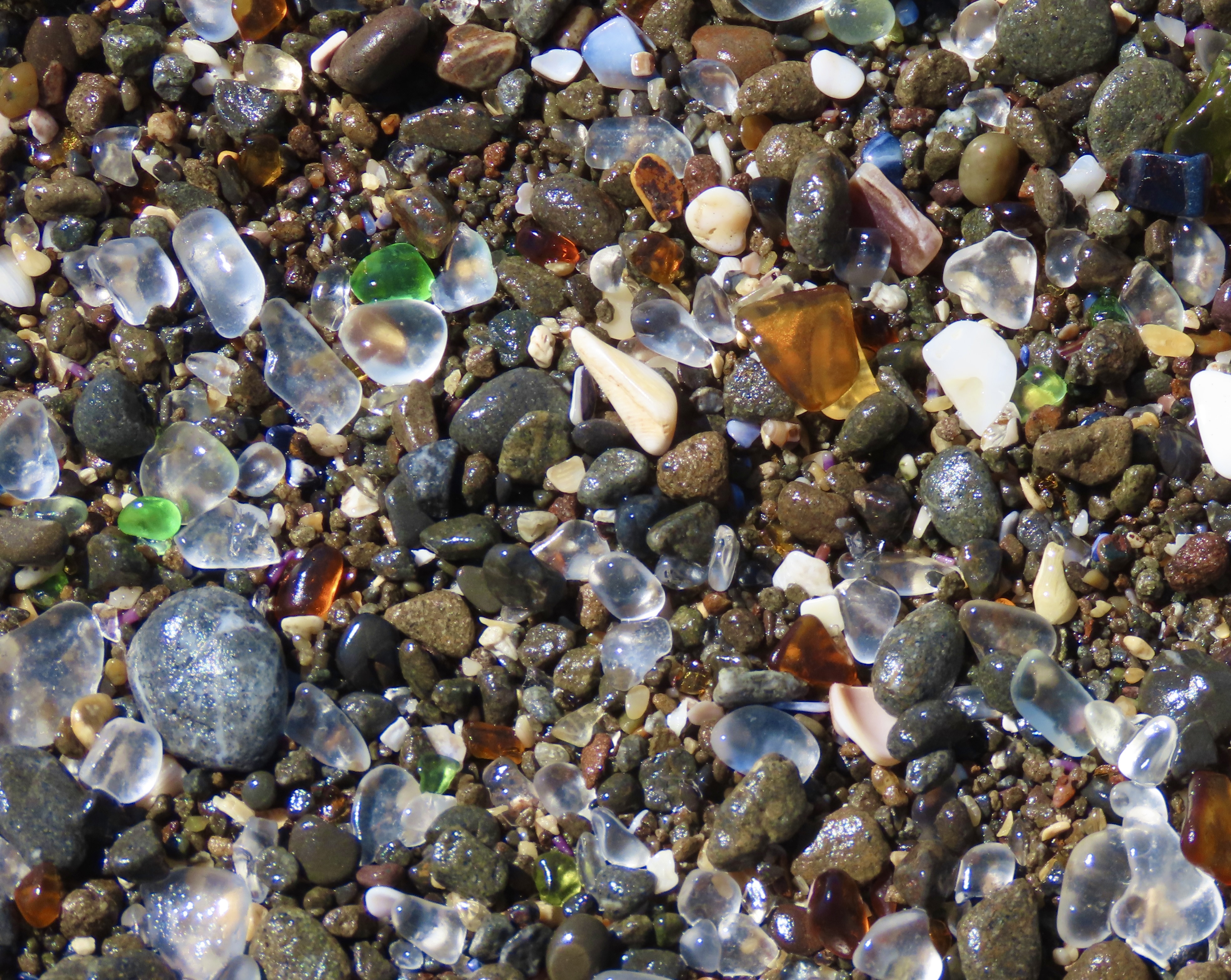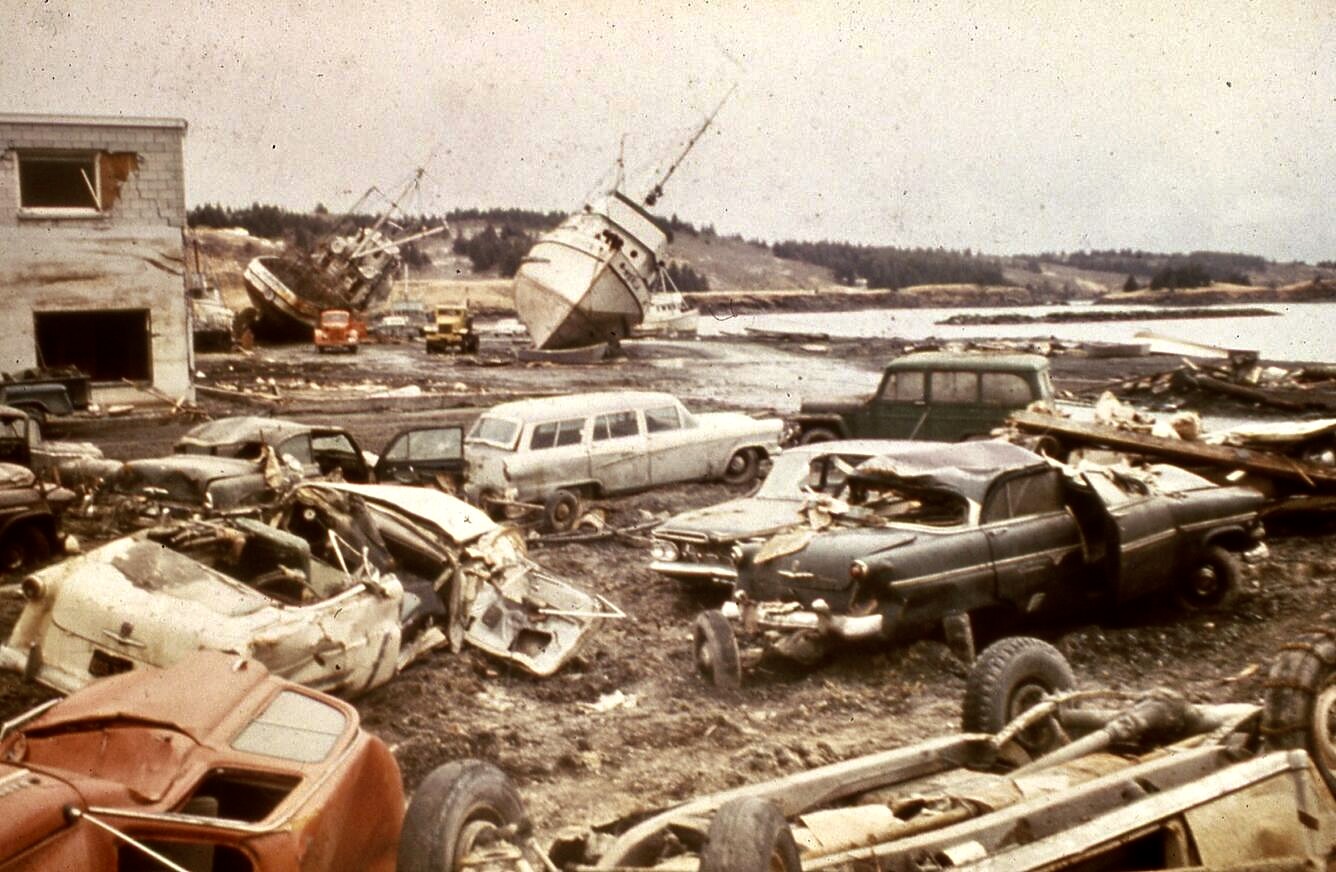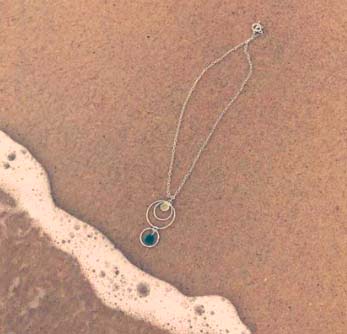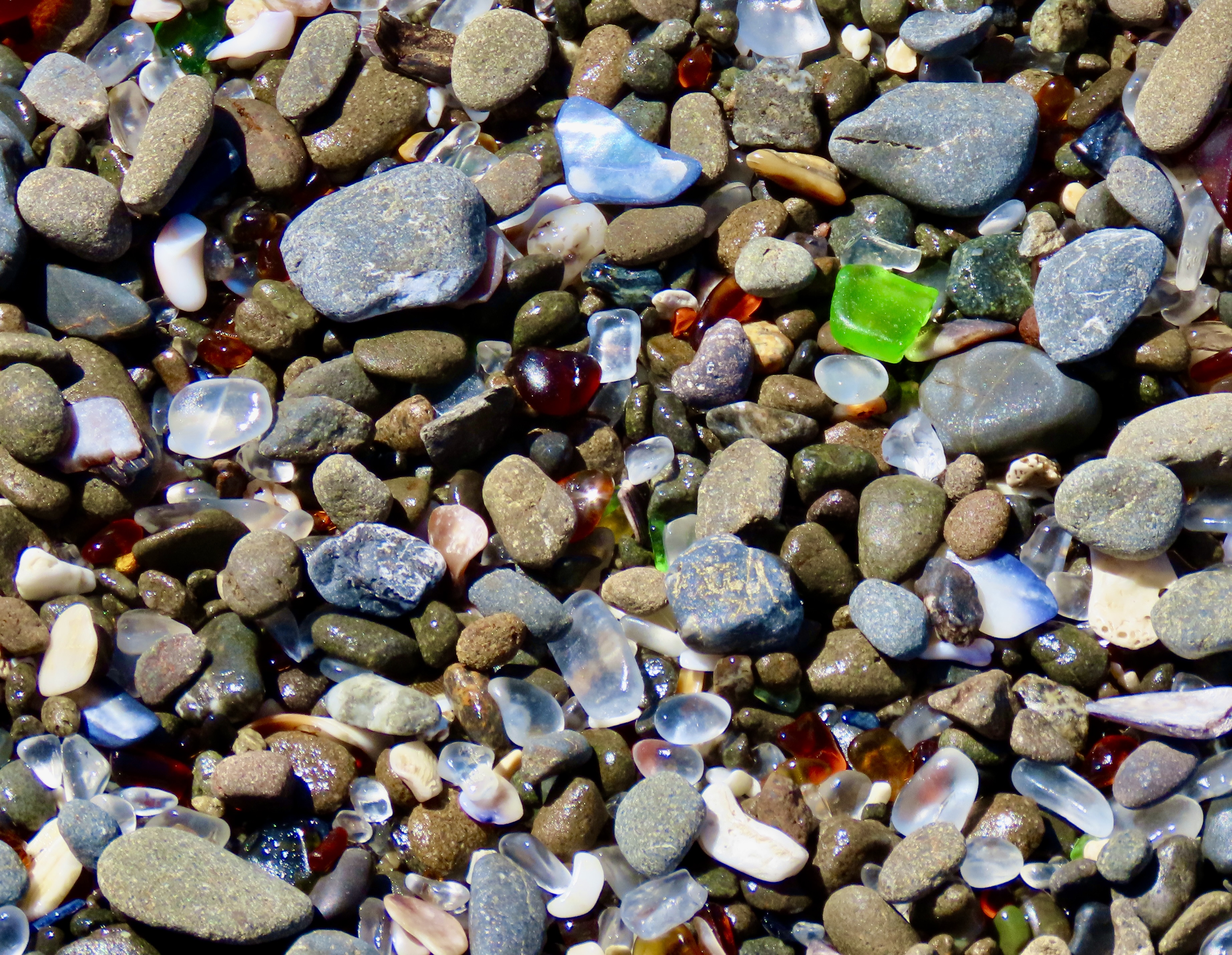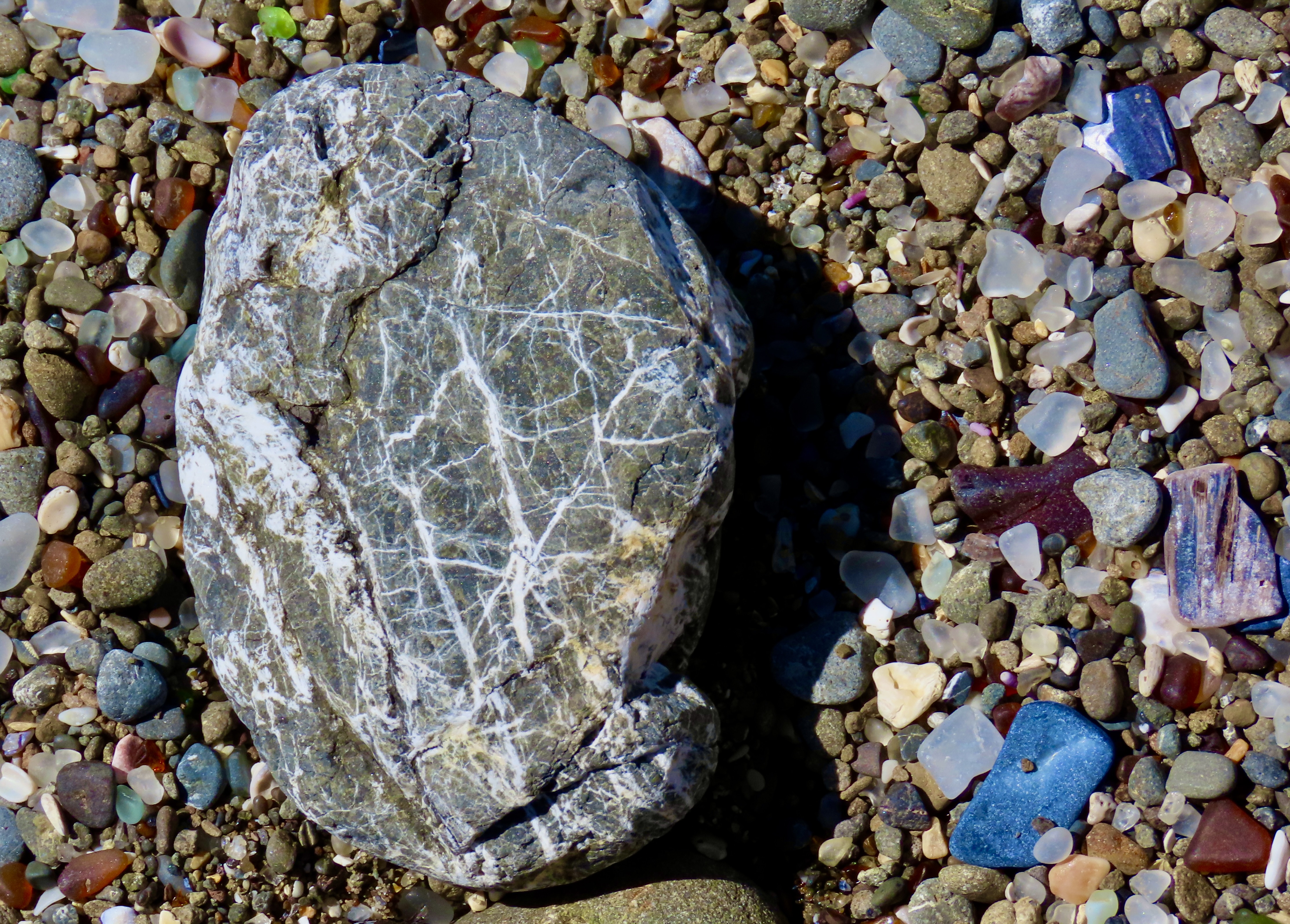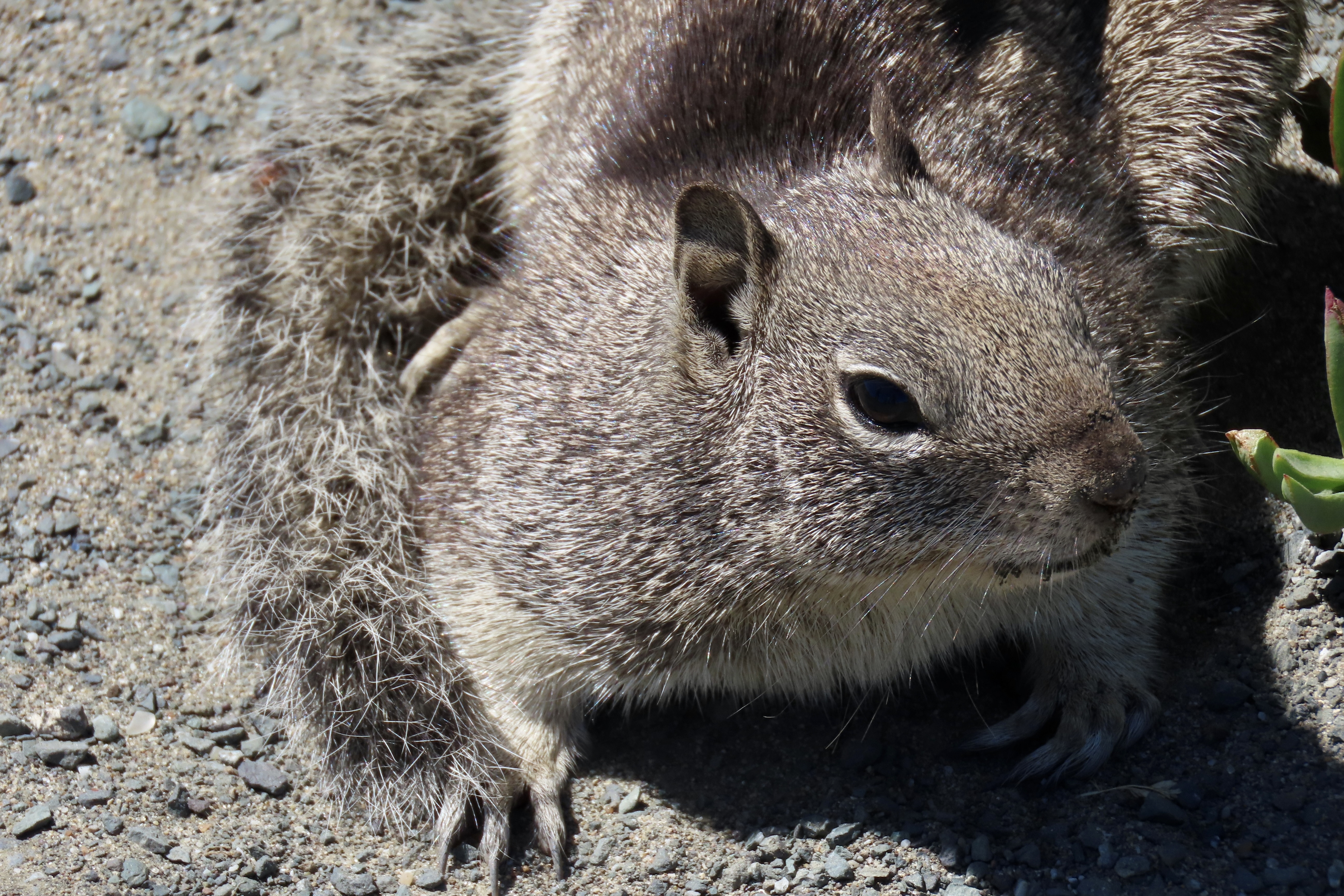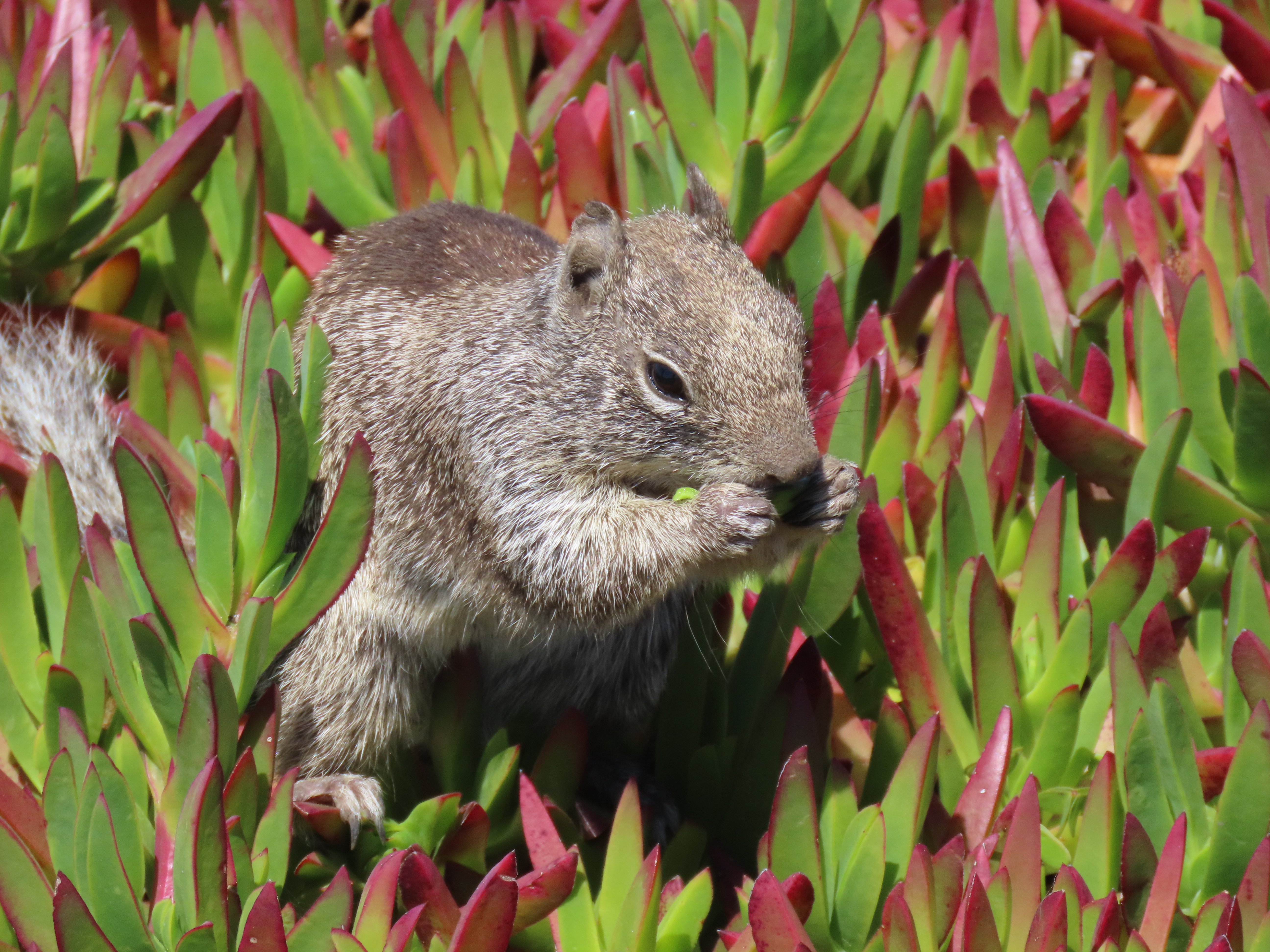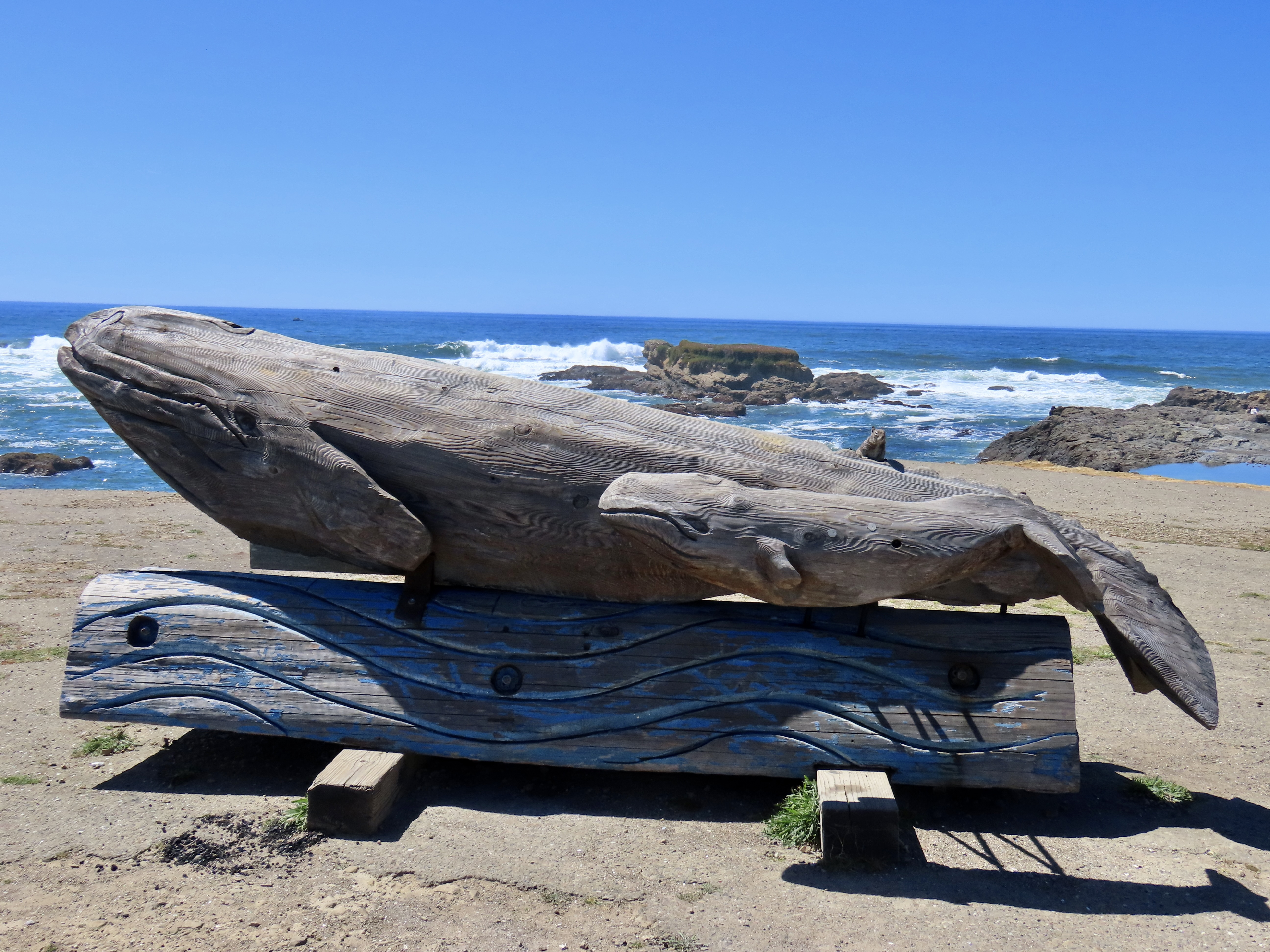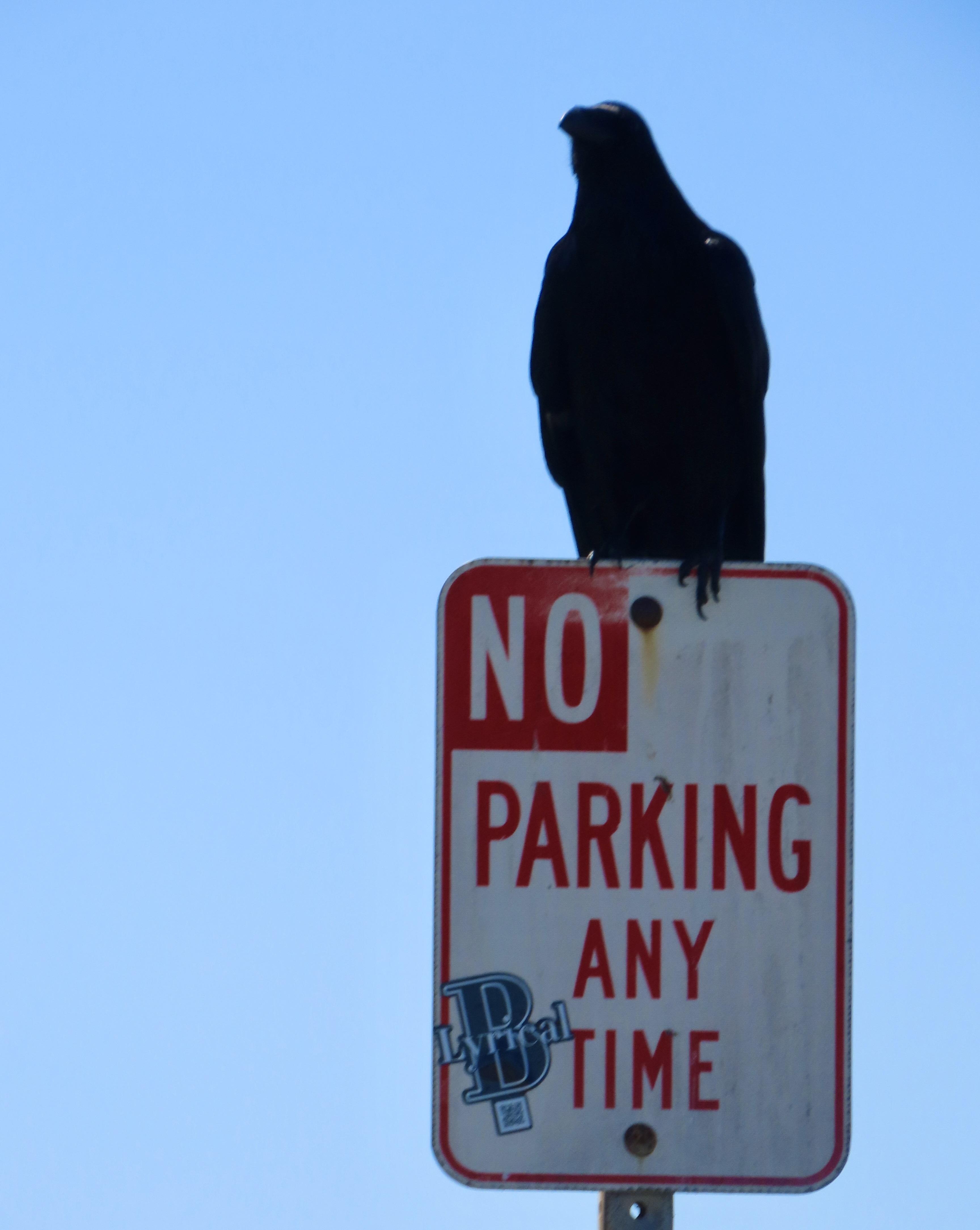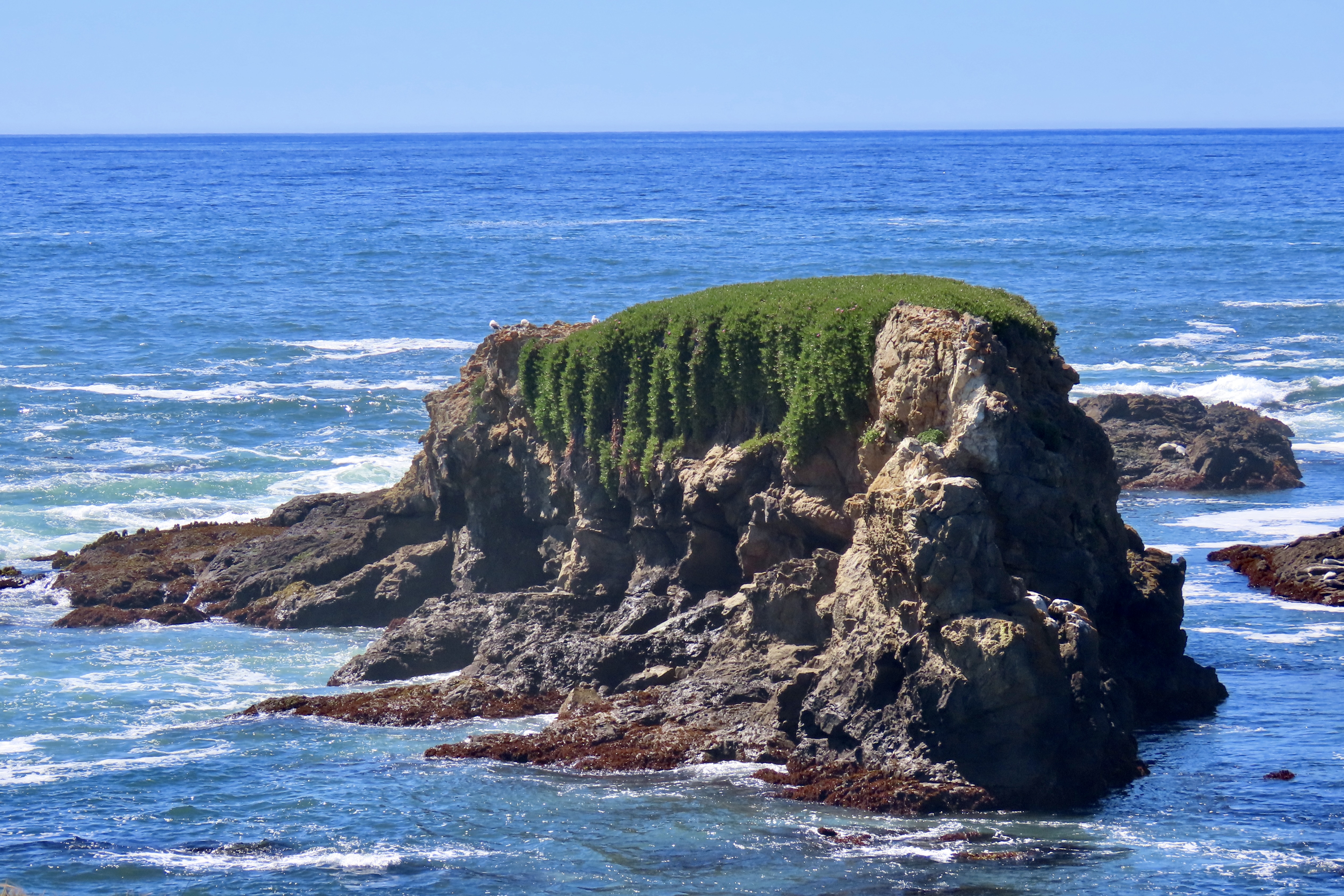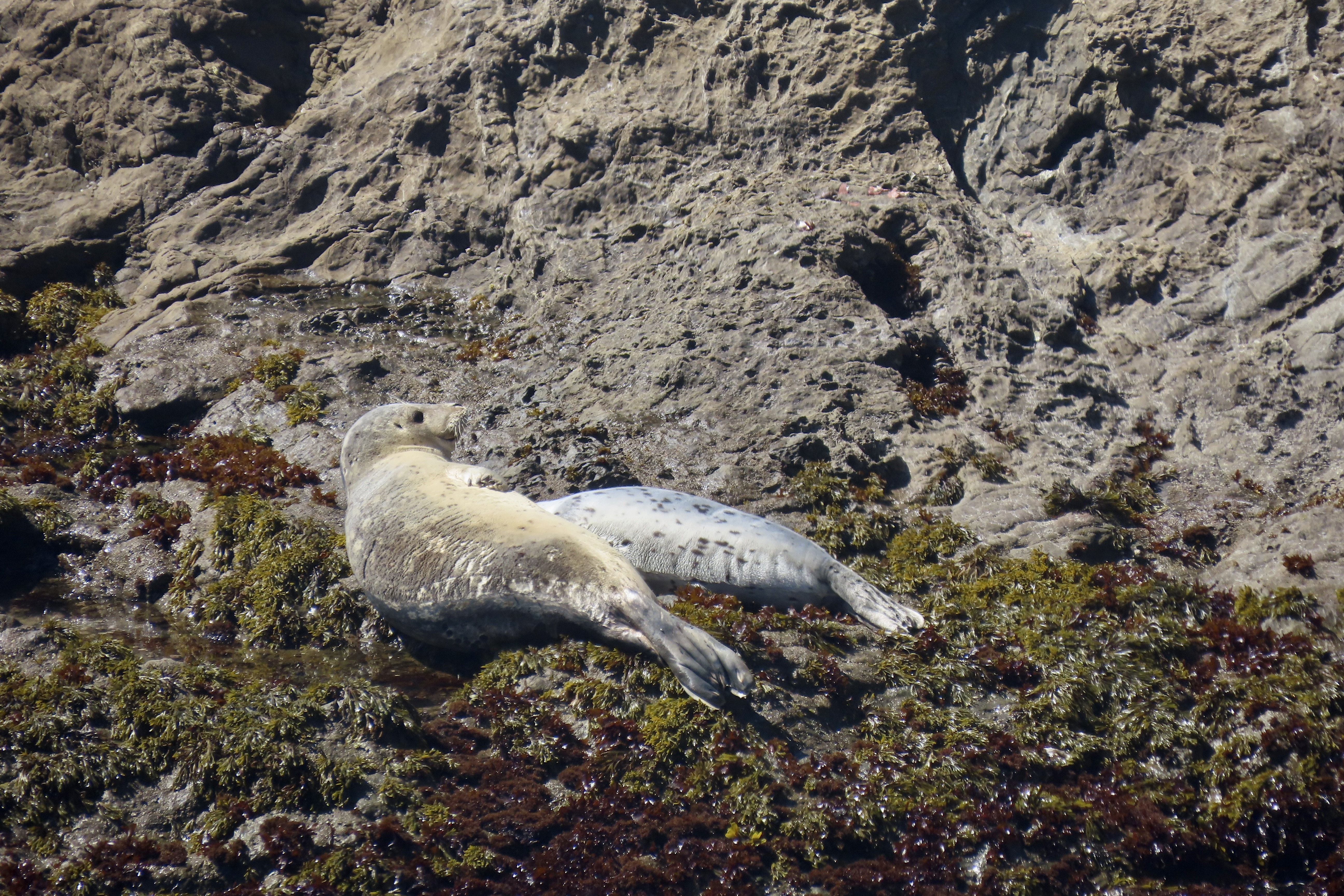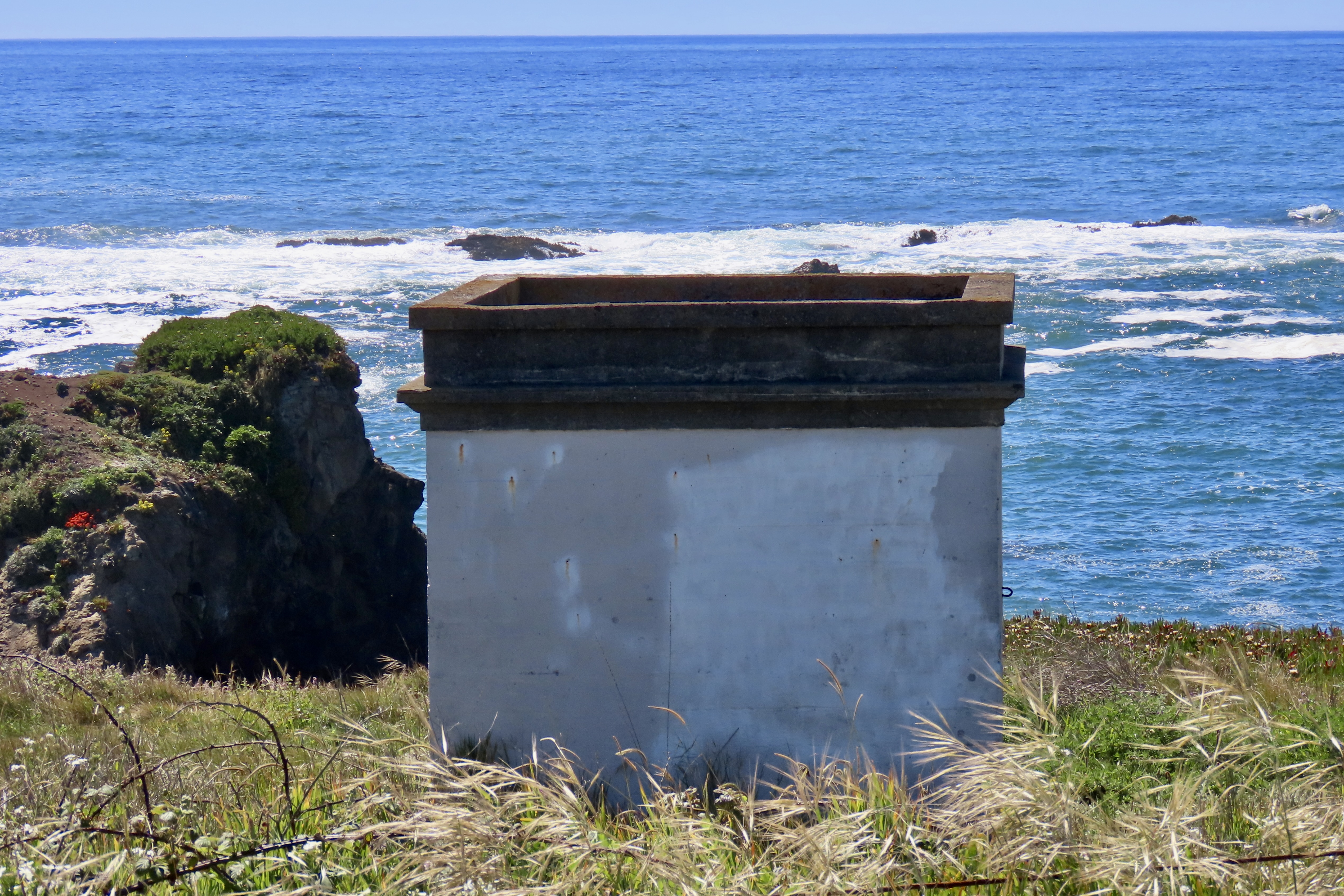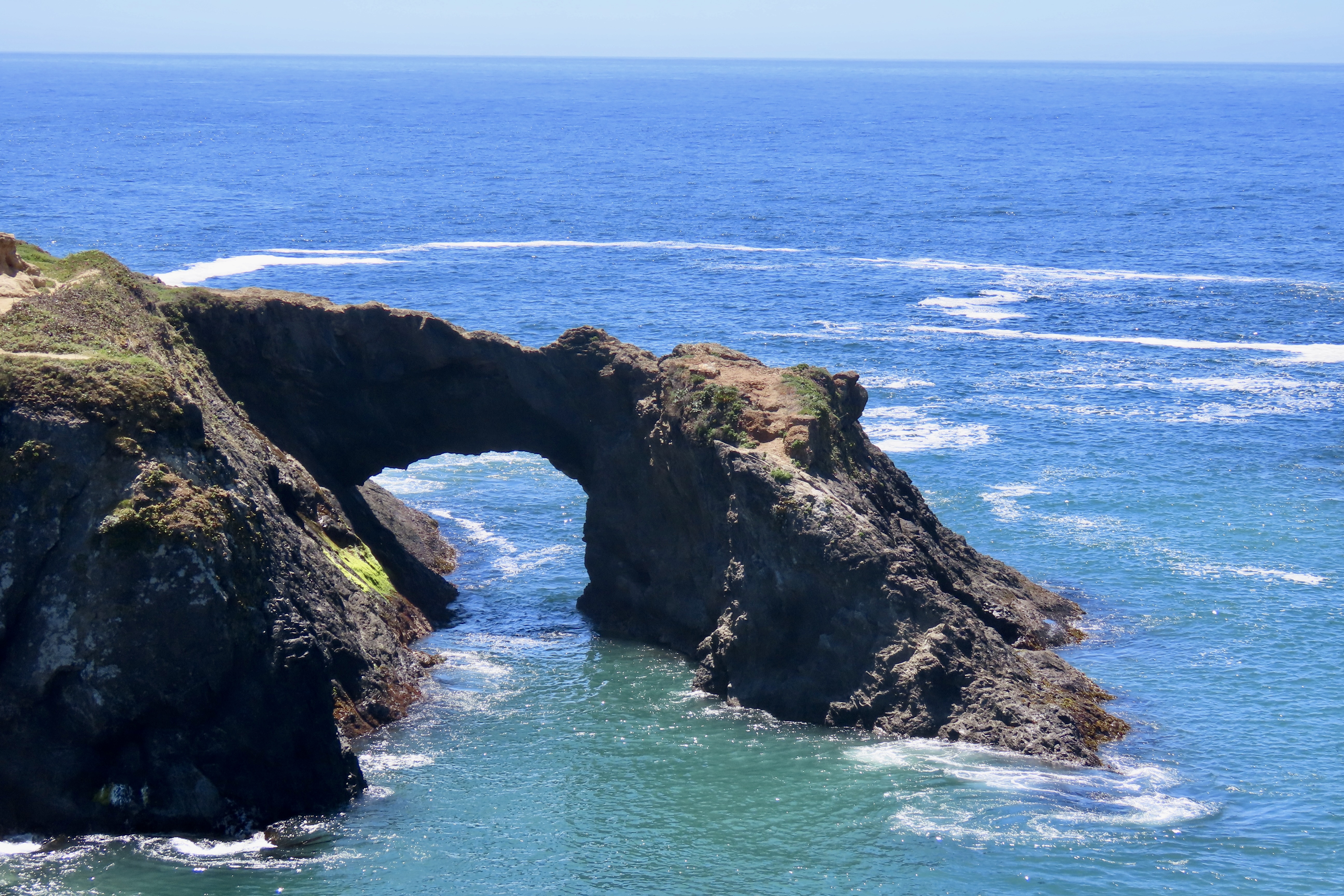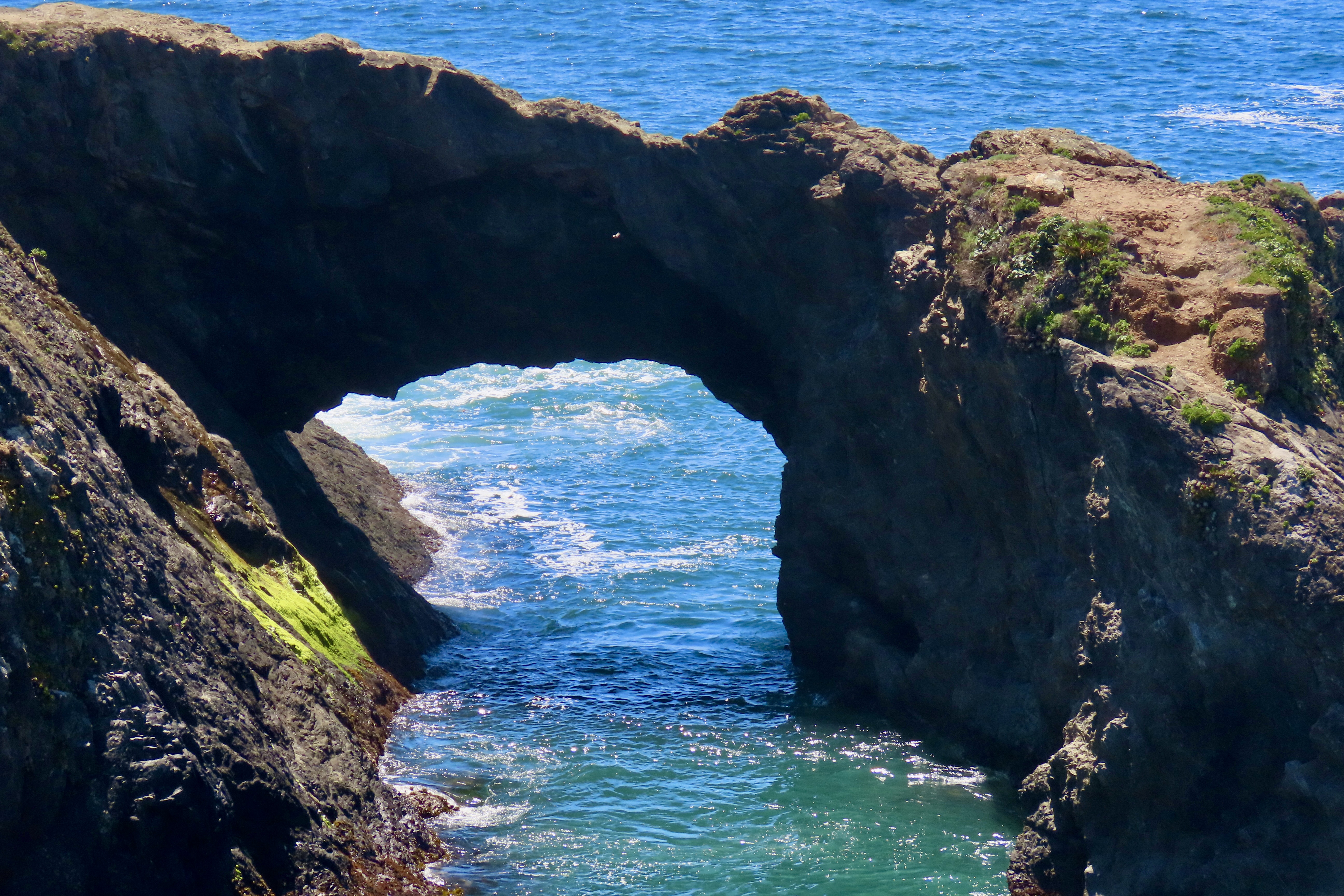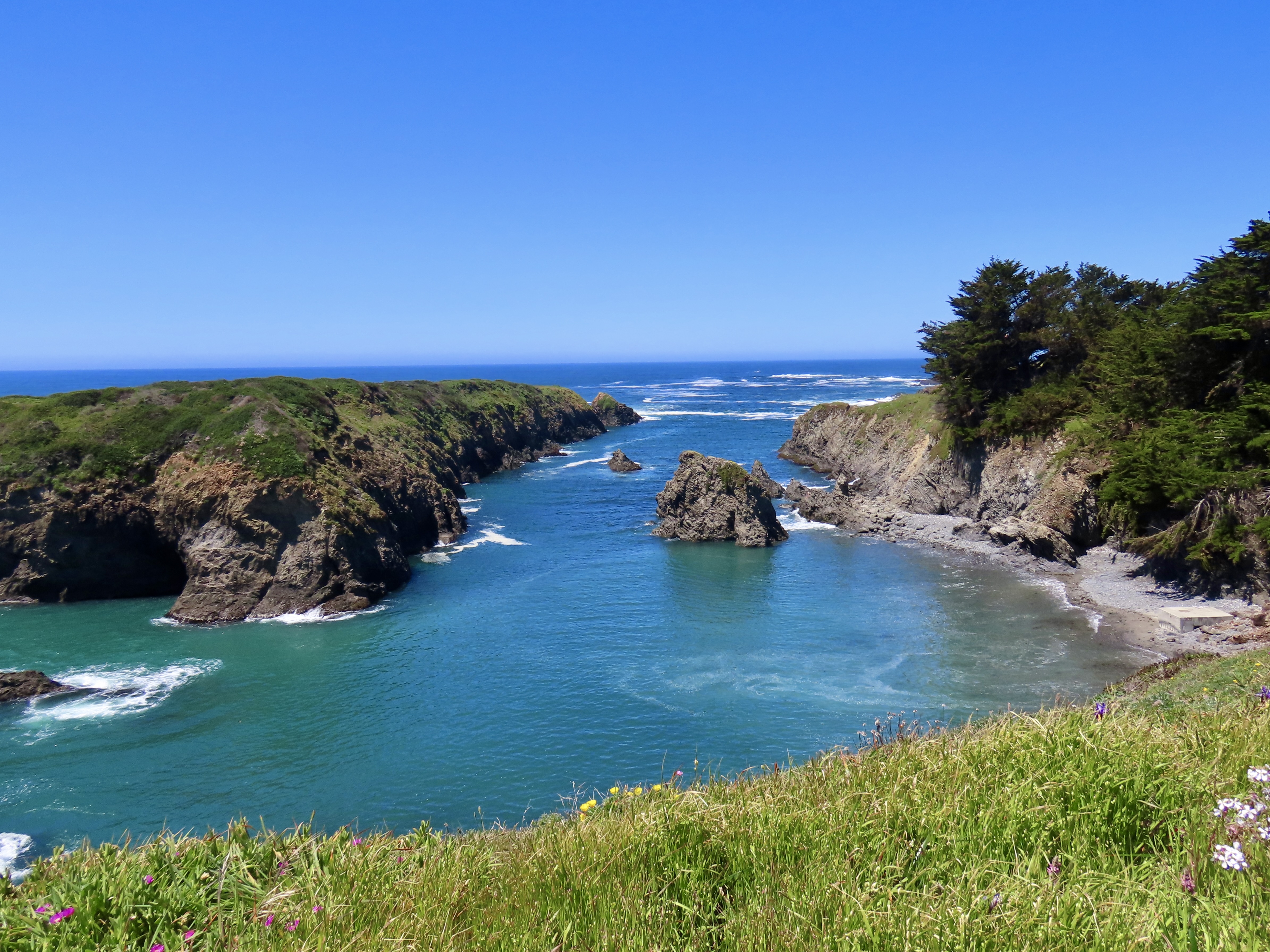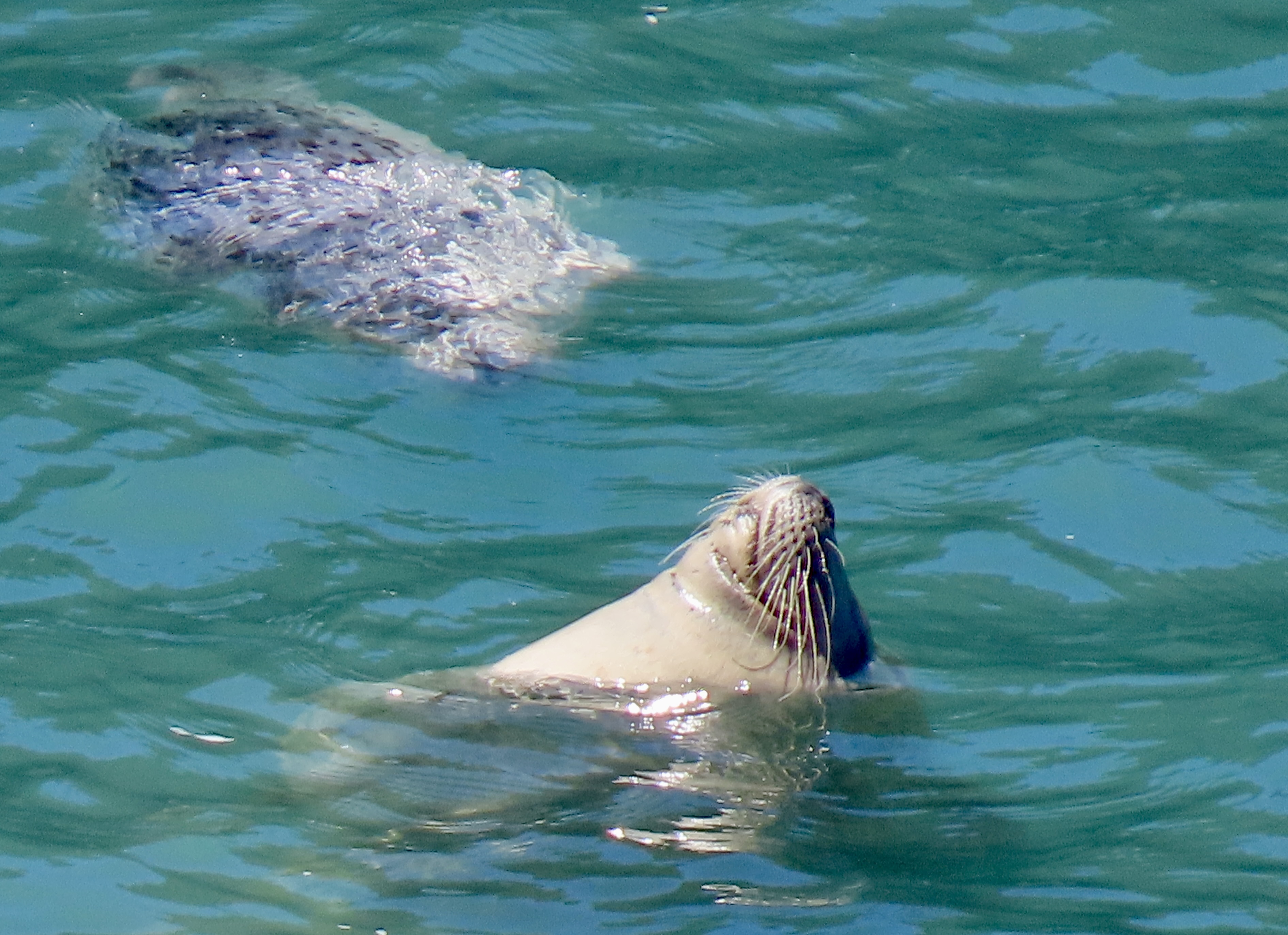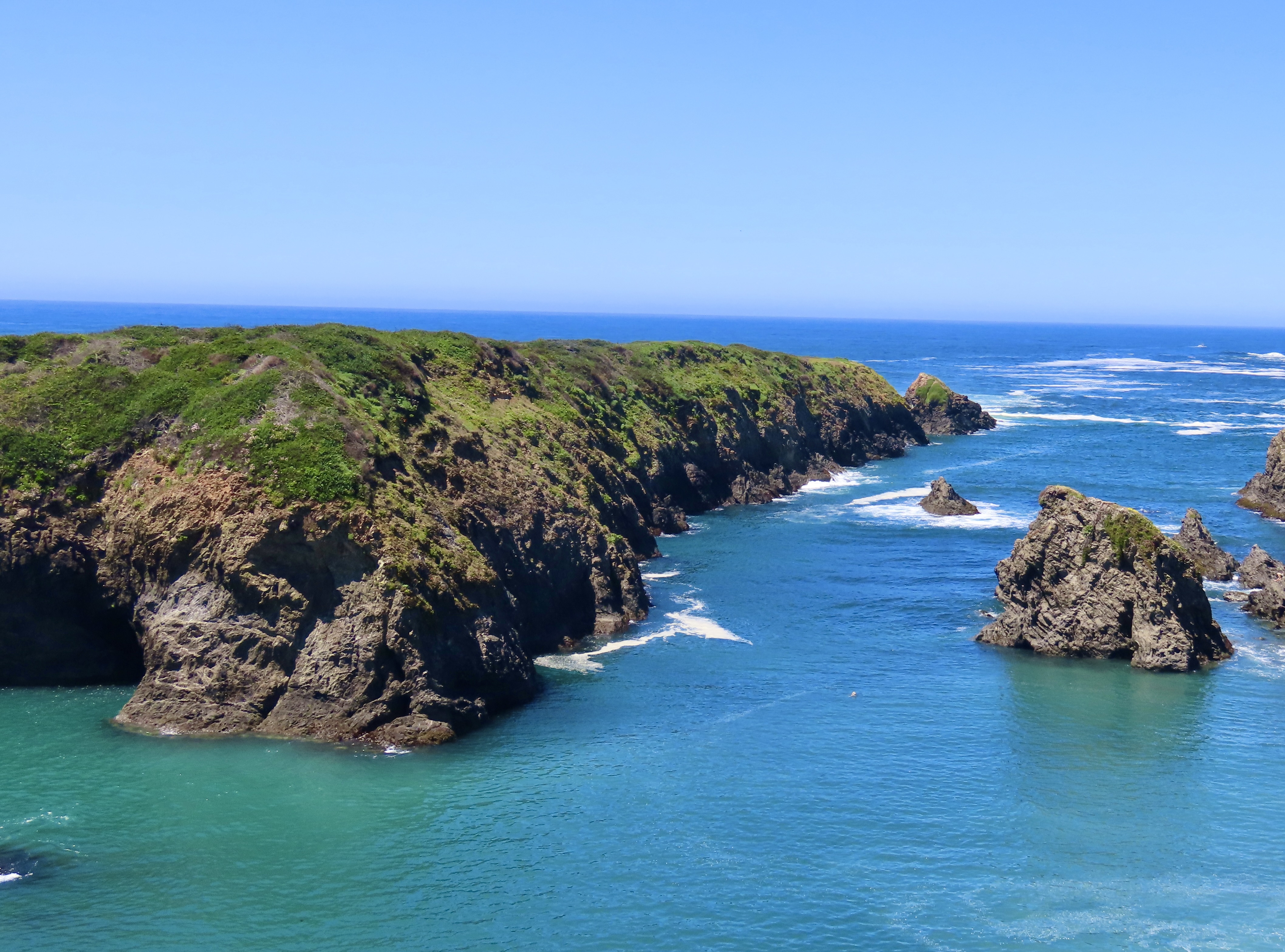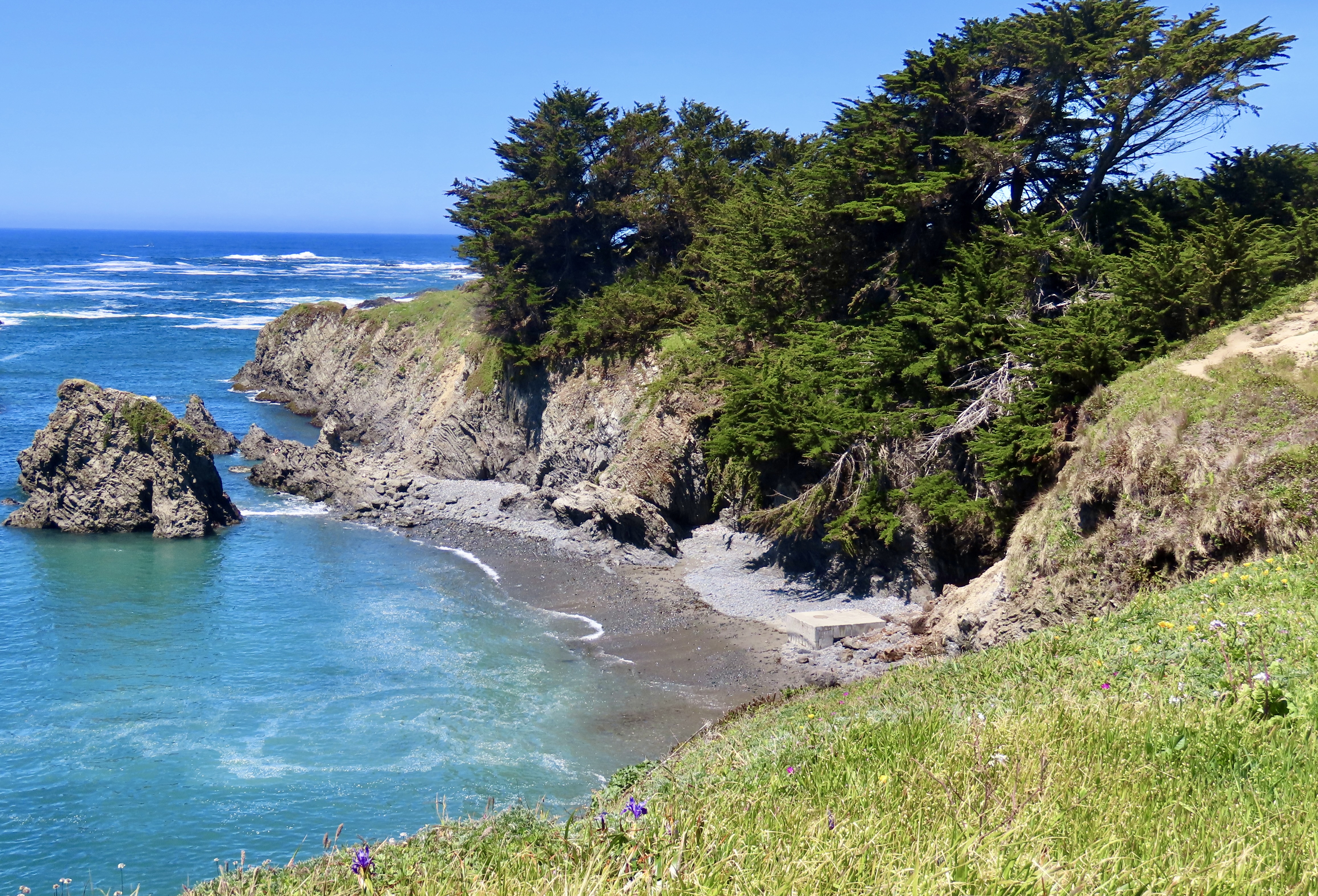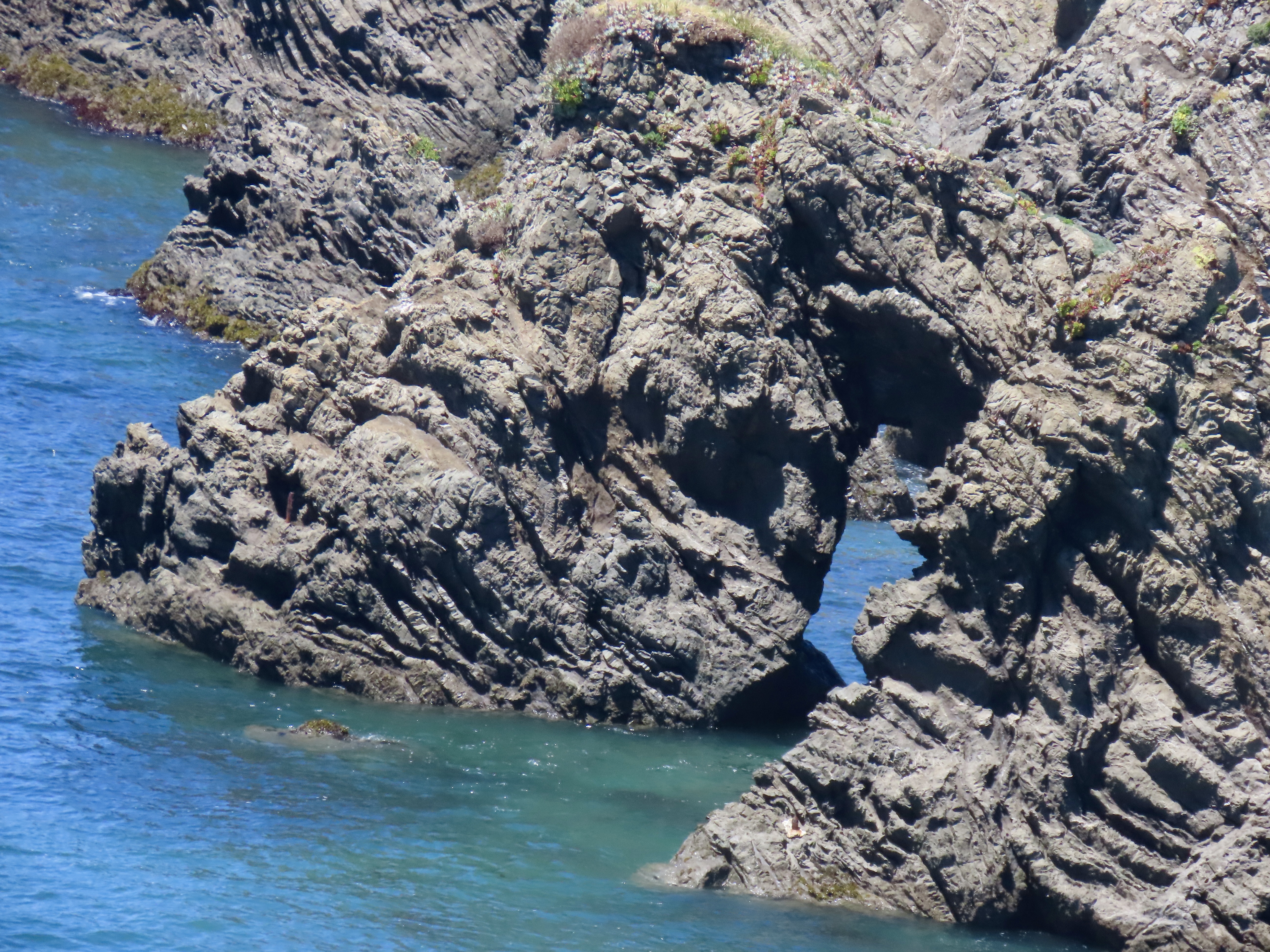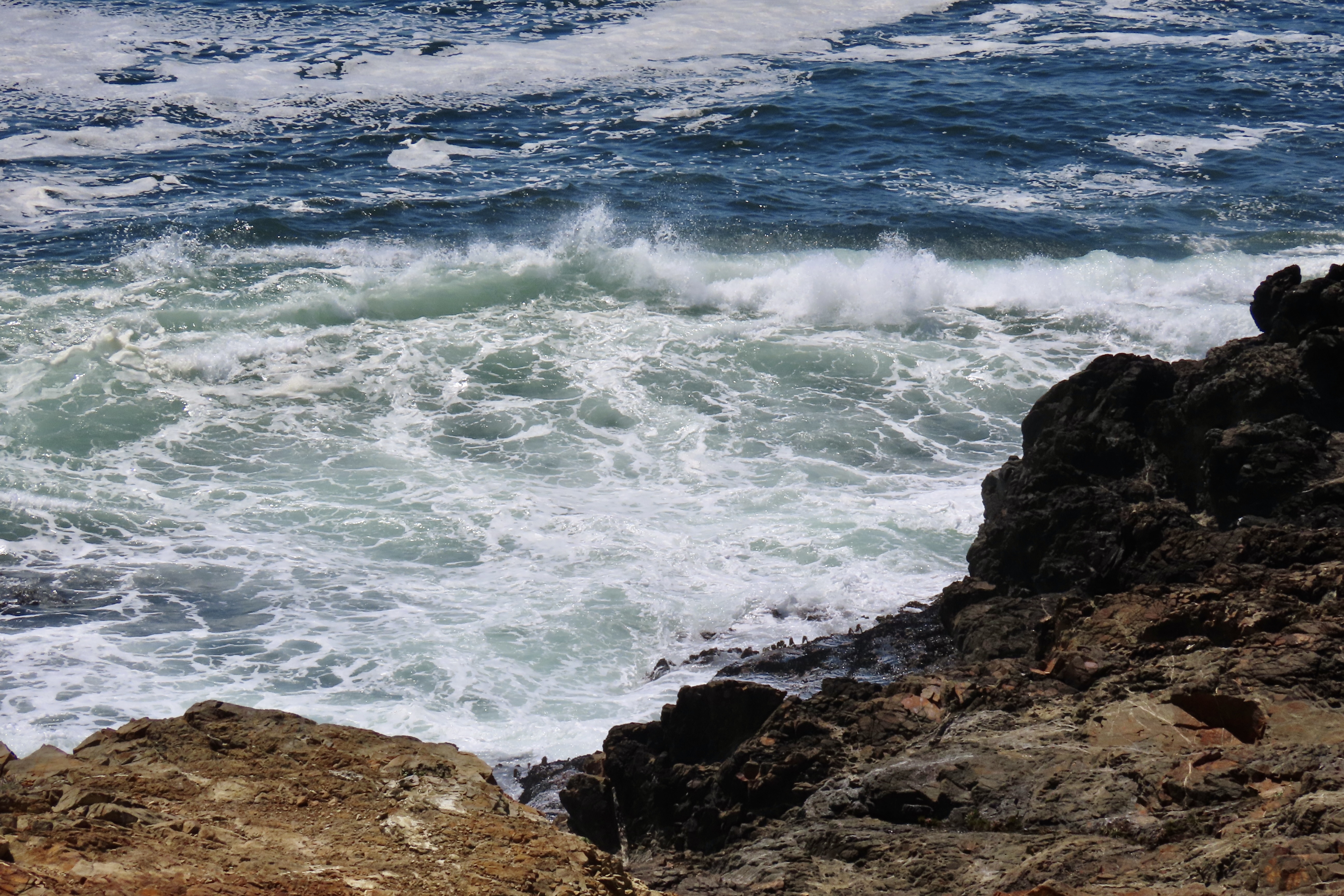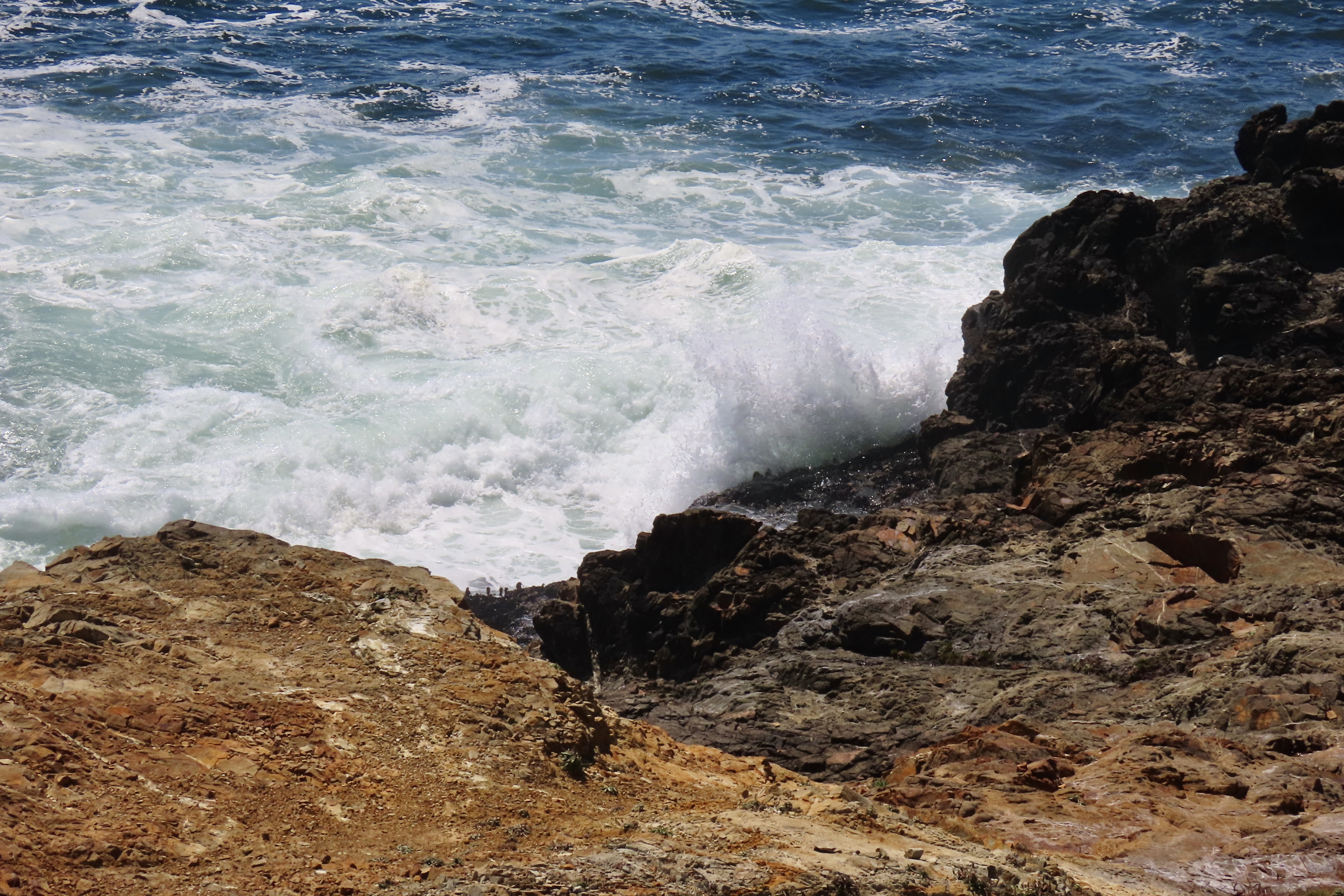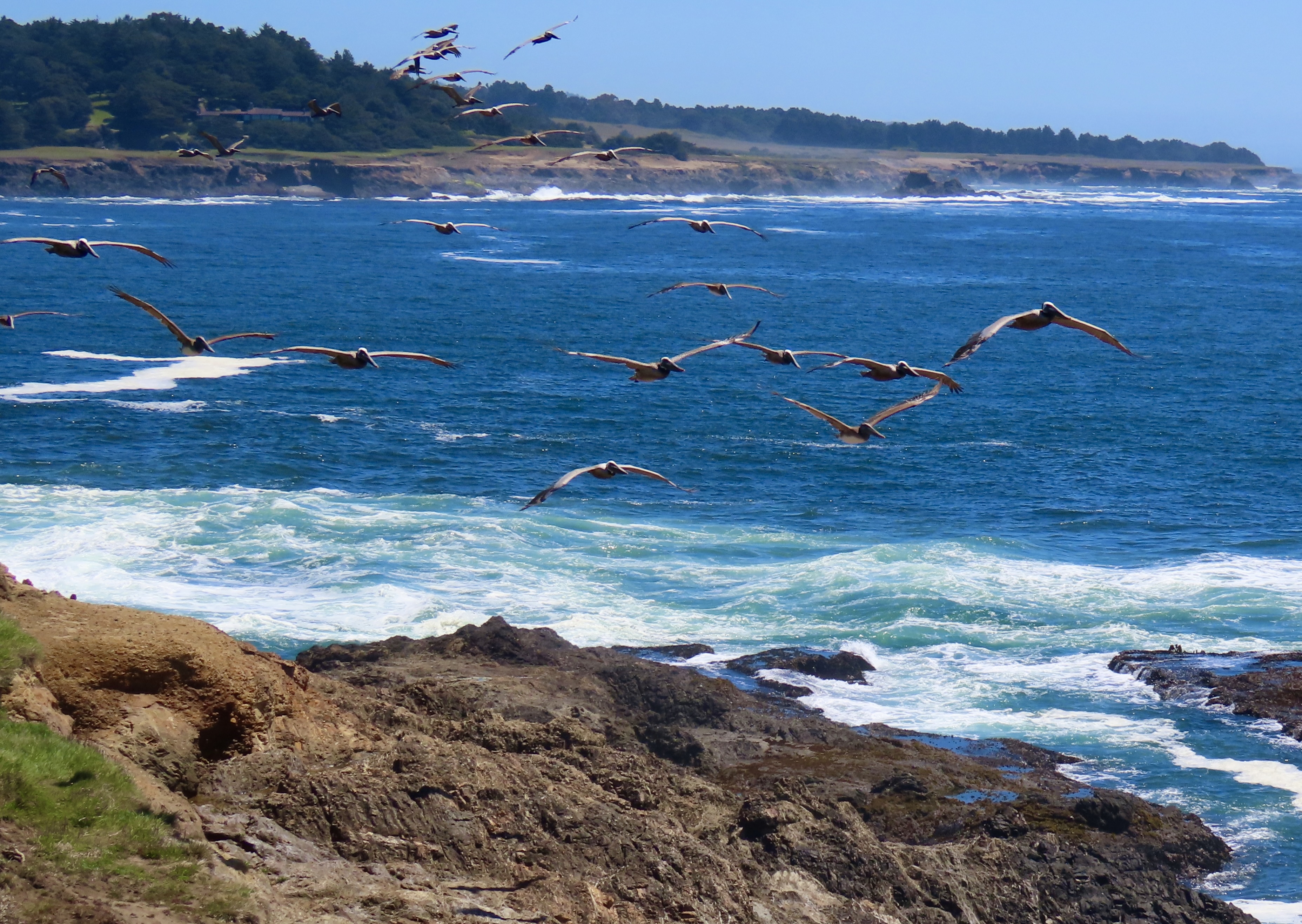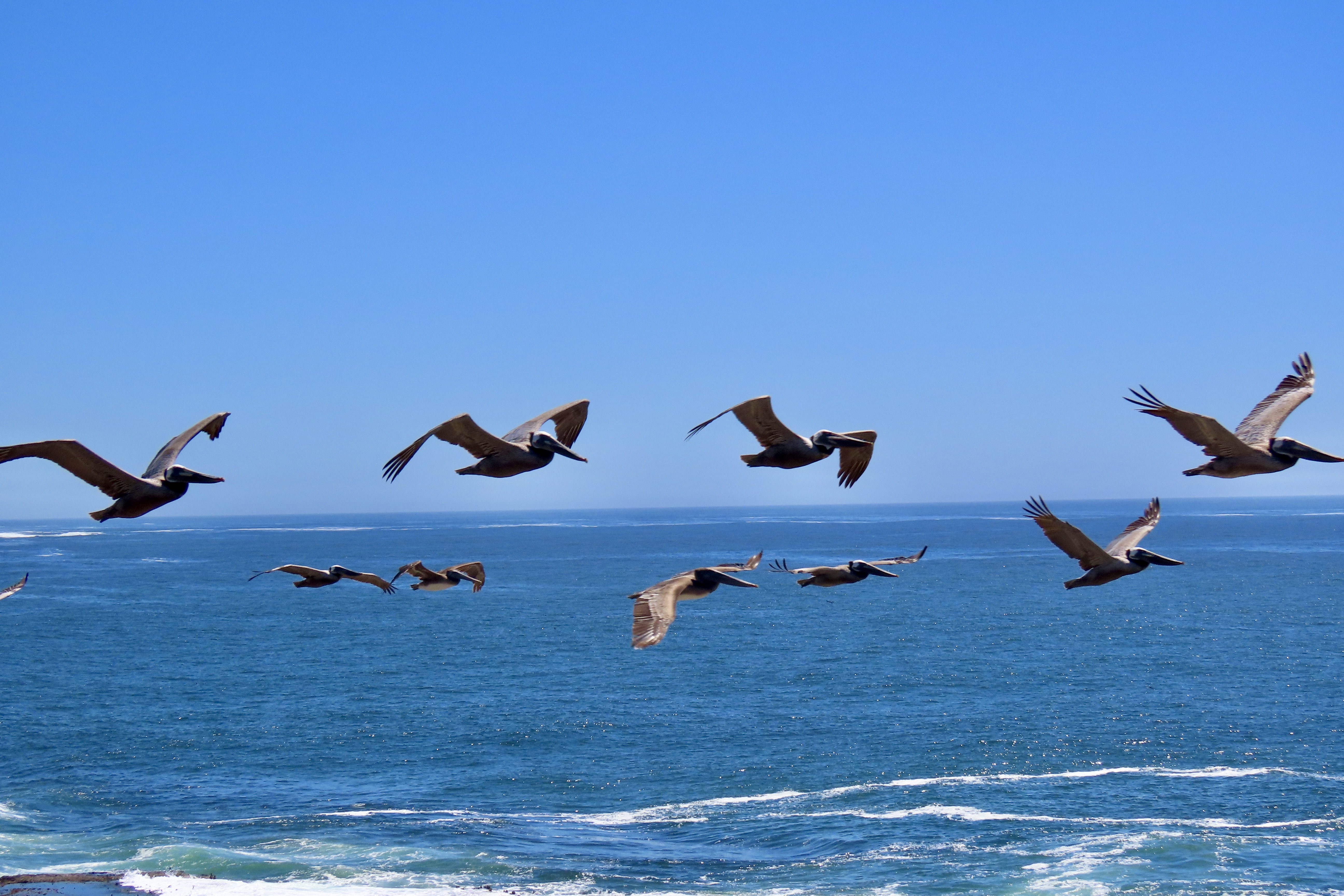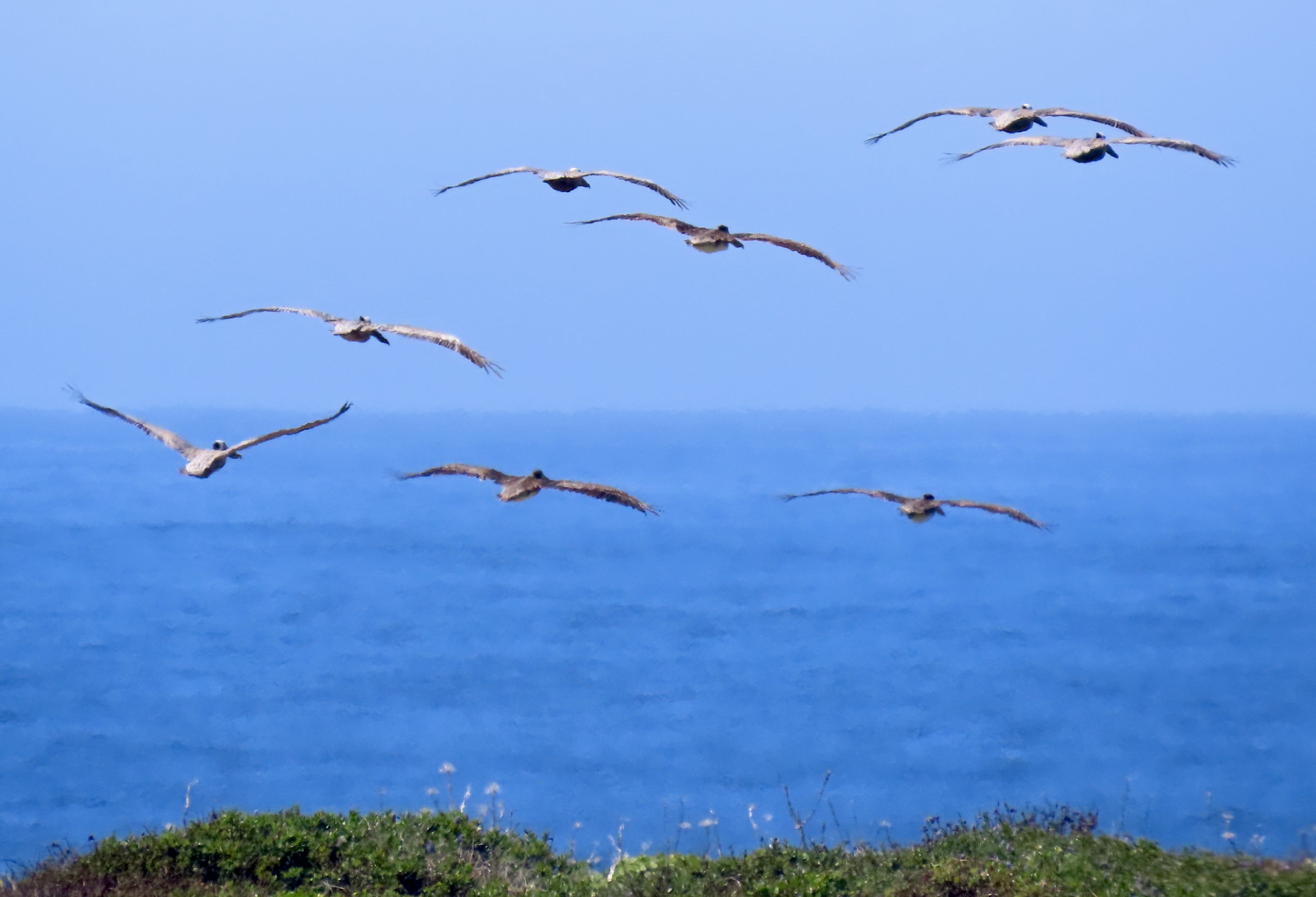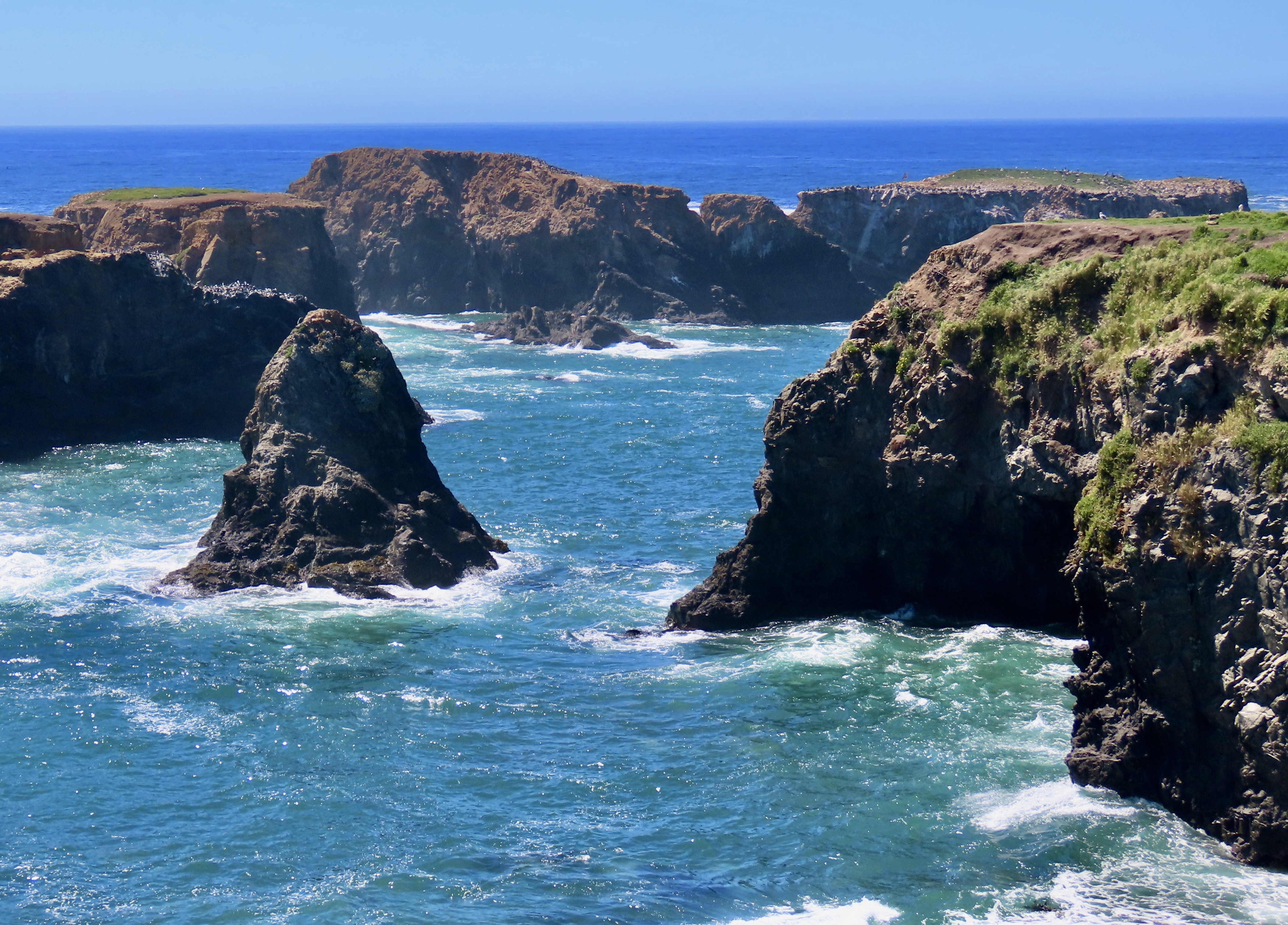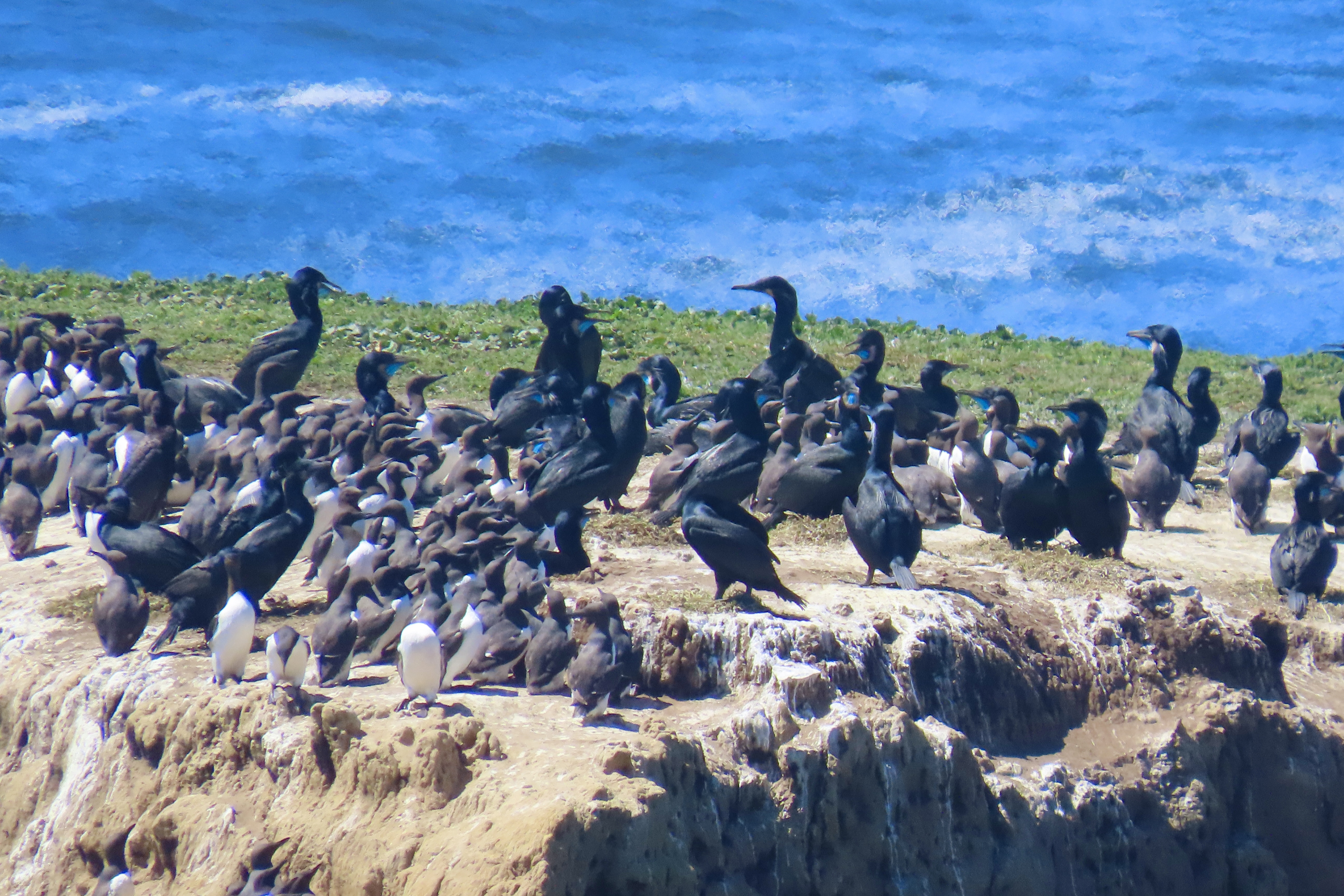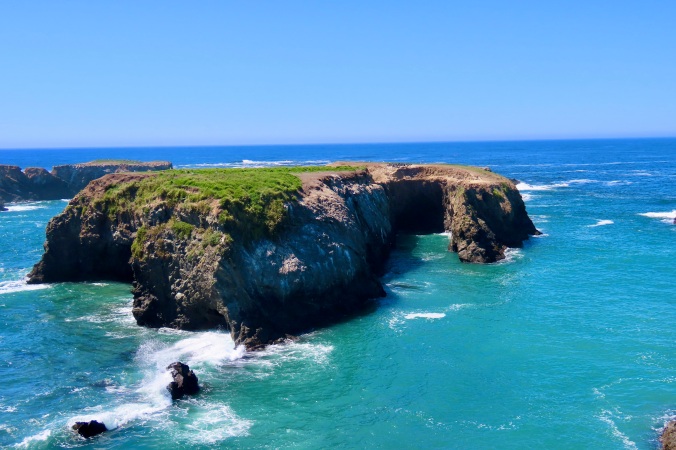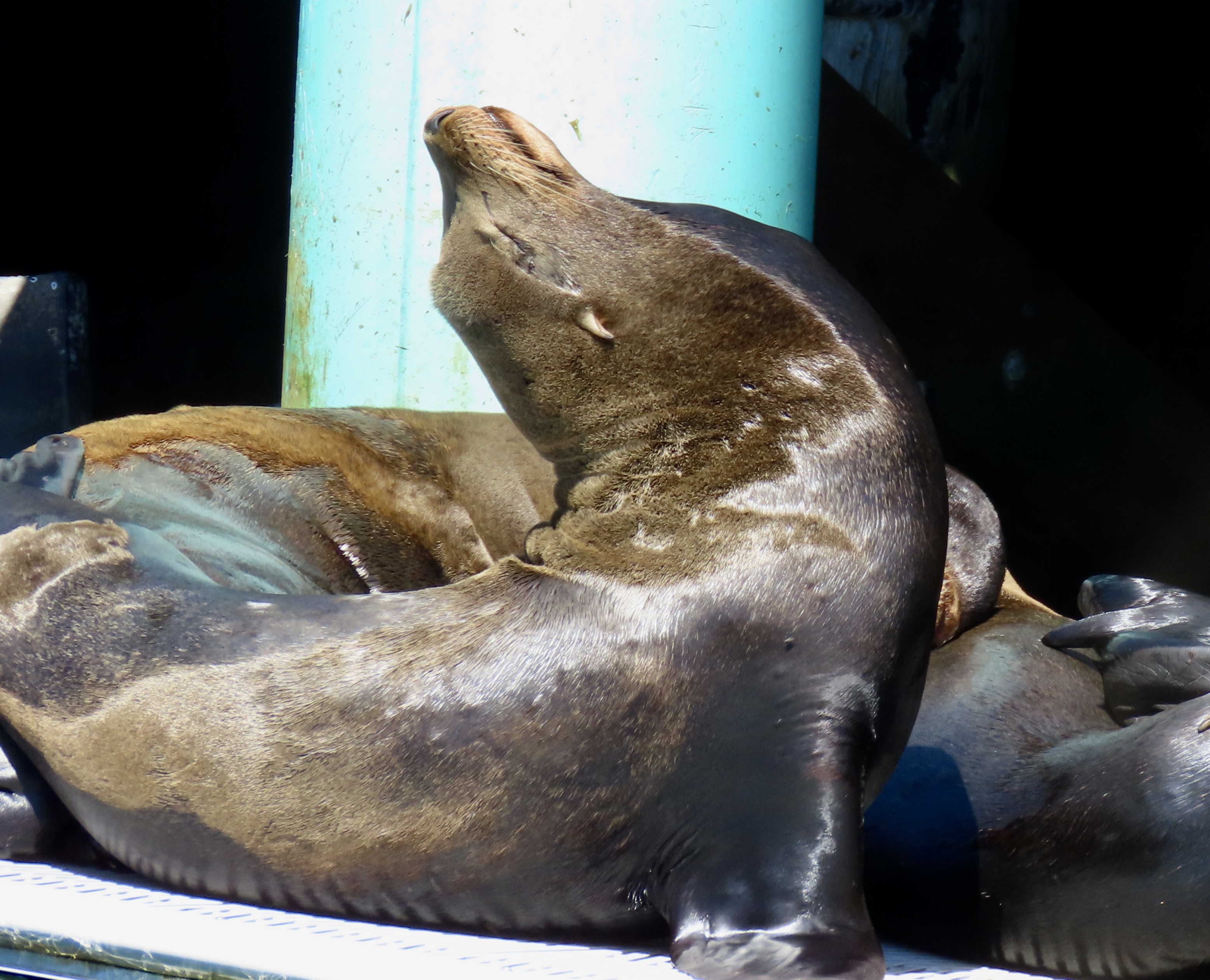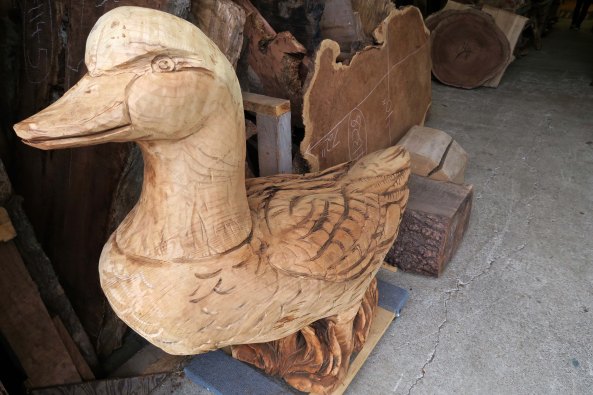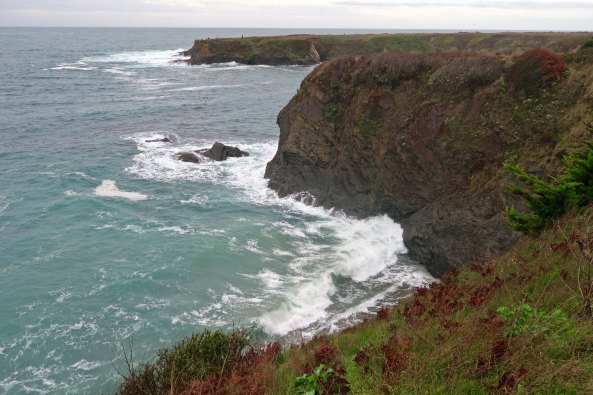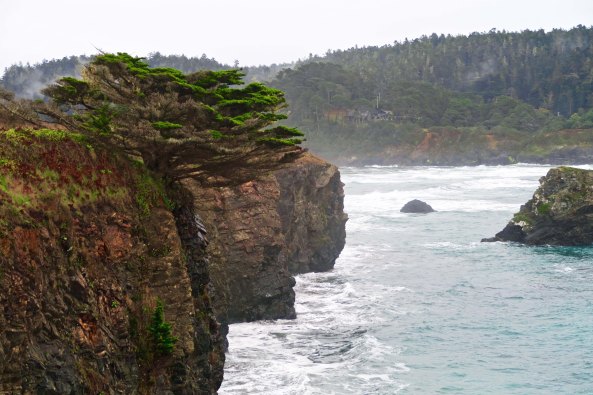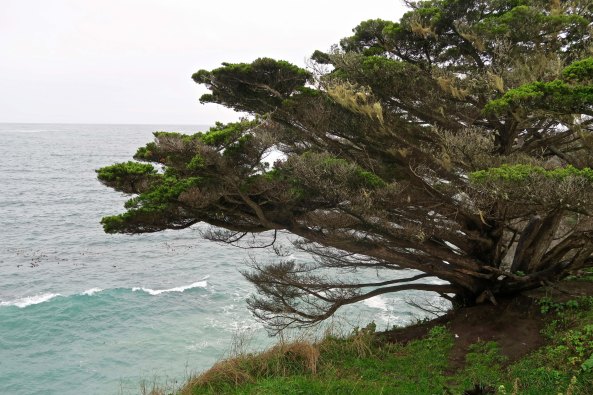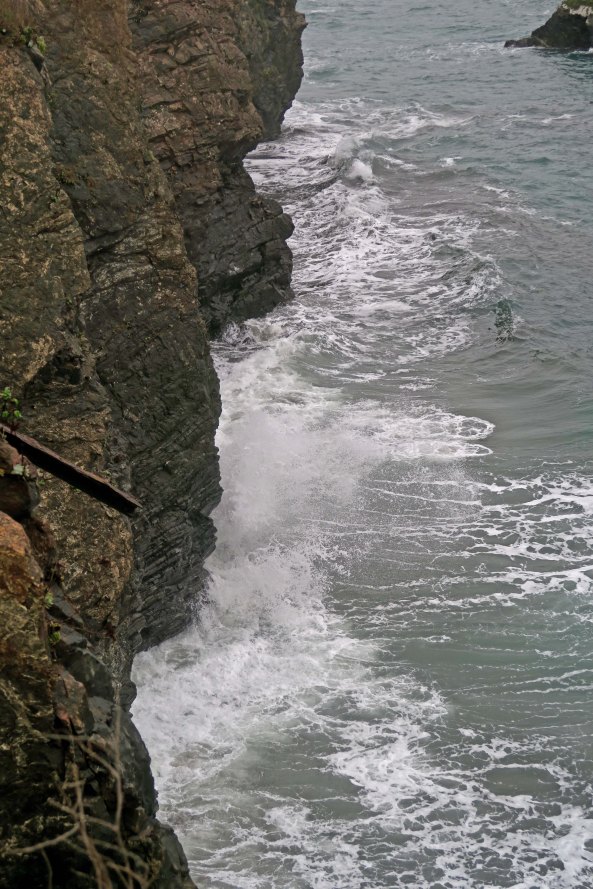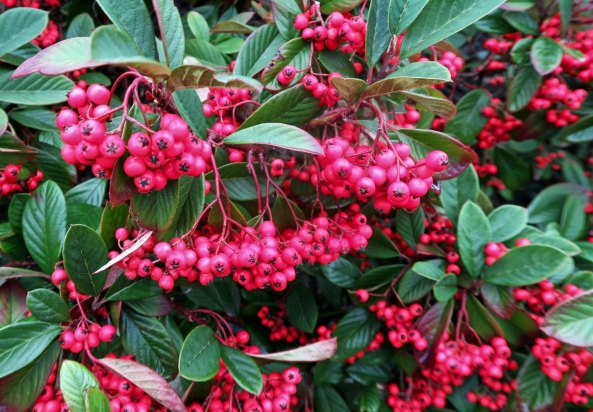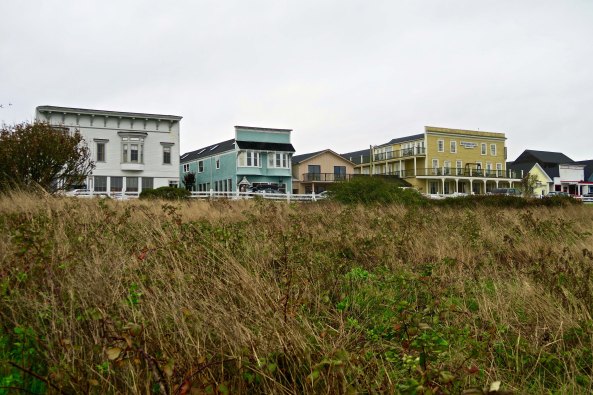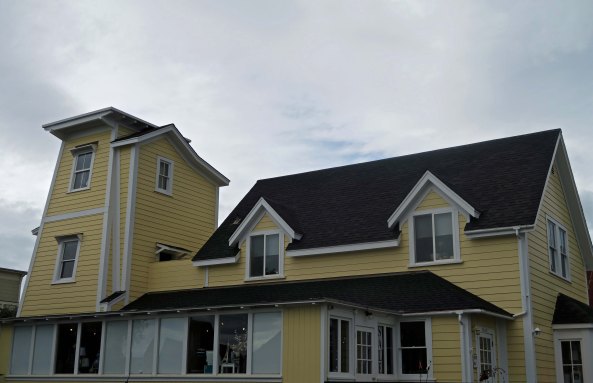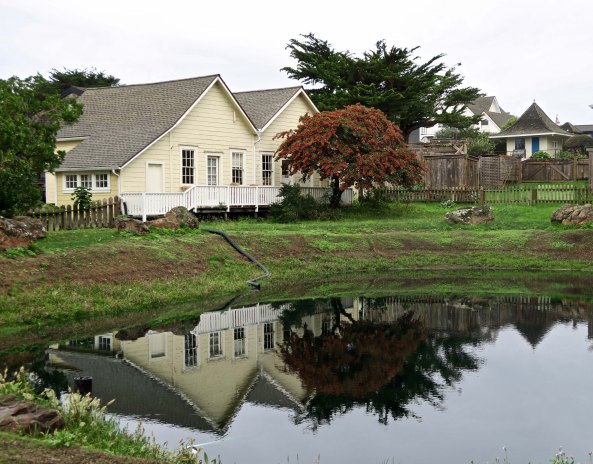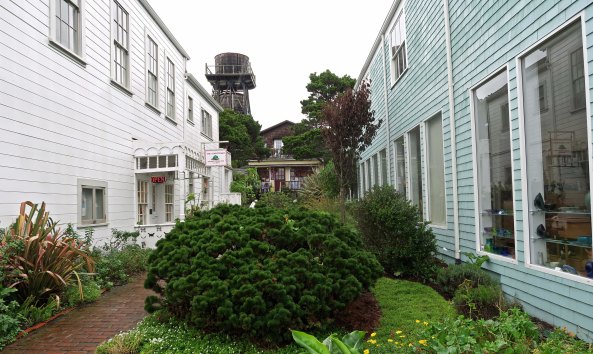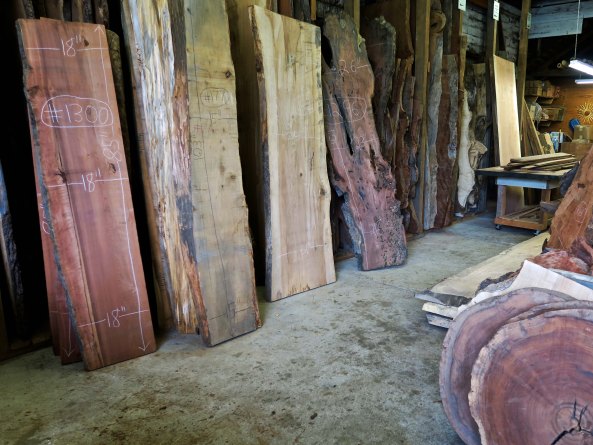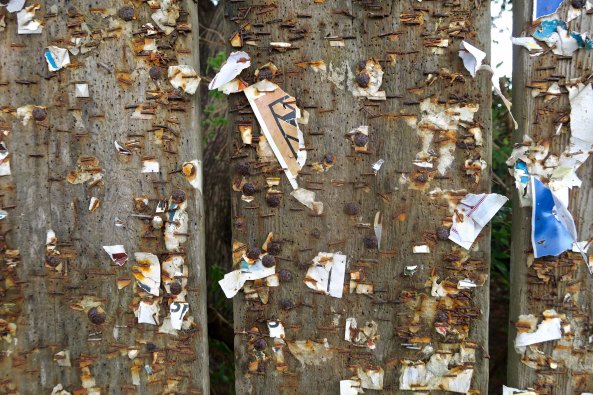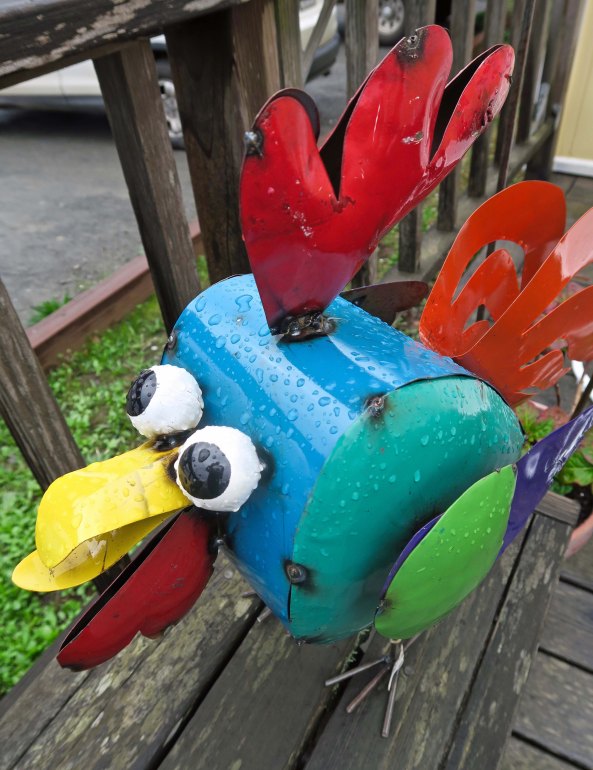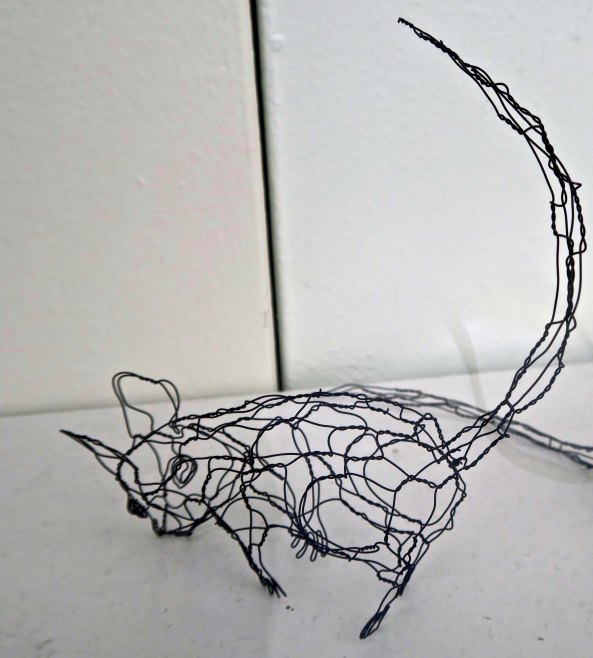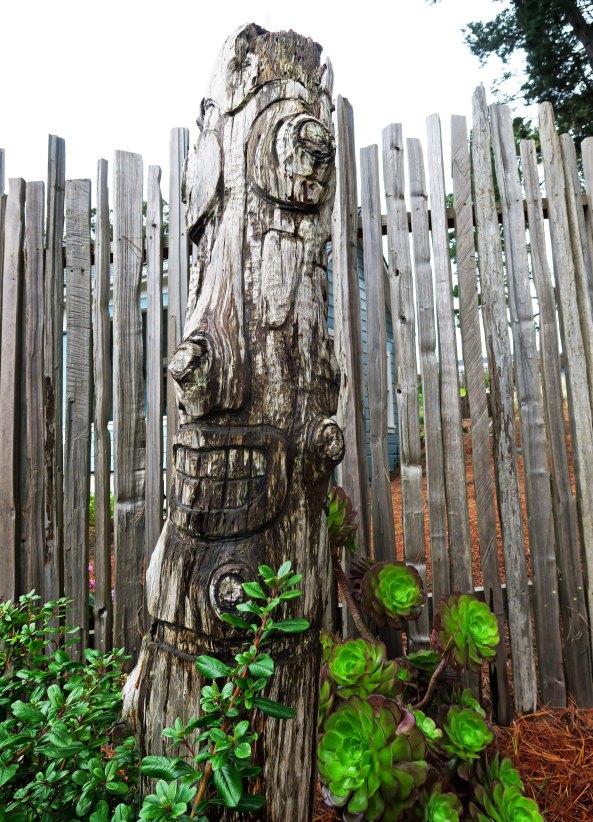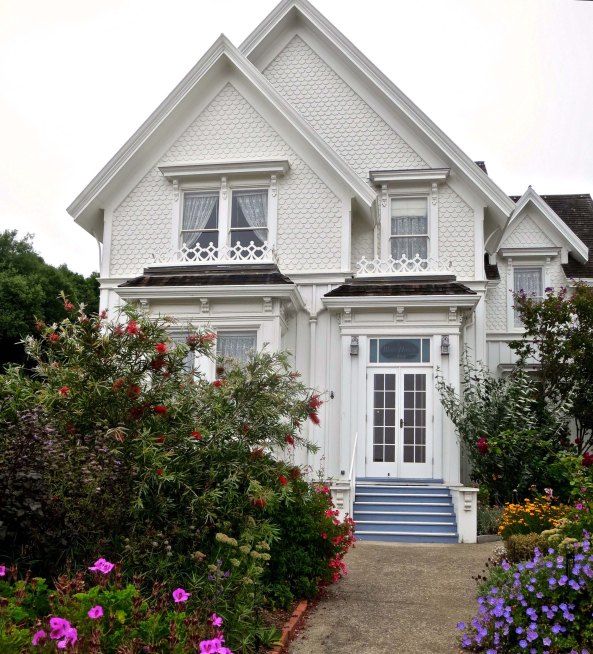
If you were a fan of Murder She Wrote, you might recognize this house. It’s where Jessica Fletcher lived in the imaginary town of Cabot Cove, Maine. It is actually found in Mendocino, California. Now you can stay there. It is the Blair House B&B.
Whenever I am near the small town of Mendocino, I make a point of visiting. It is one of my favorite communities on California’s beautiful and rugged North Coast. Its unique, almost quaint look, has made it a favorite among Hollywood movie directors looking for the ideal coastal location for their films. It has starred in several movies including East of Eden where it became California’s Monterey and The Summer of 42 where it was transformed into a New England town.
Its best-known role, however, was as the small Maine town of Cabot Cove where Jessica Fletcher (Angela Lansbury) lived and was forever solving crimes in the TV series Murder She Wrote. Nine episodes of the 12-year, 264 series were actually filmed on location and almost all of the episodes included shots of the town and surrounding areas.
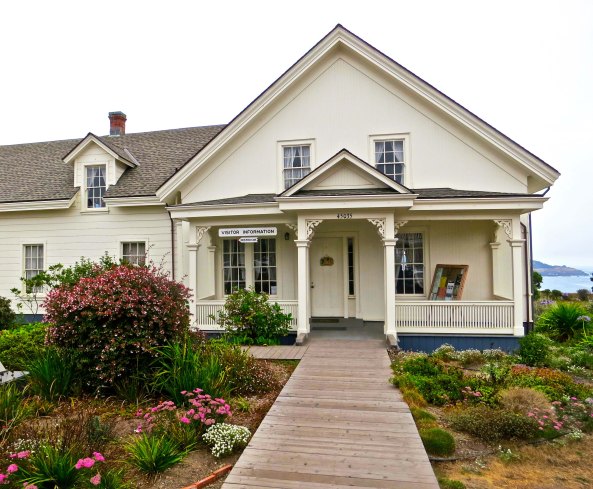
This was Sheriff Mort Metzger’s home in Murder She Wrote. Now it serves as the Mendocino Visitor Center. The Pacific Ocean is in the background.
I drove south on Highway 1 to Mendocino from where I was staying in Fort Bragg for a few days on my North Coast trip in August. The region is filled with parks and lots of memories. One was particularly memorable. Peggy and I were camped in our van on a small river. It rained cats and dogs all night, or make that whales and elephant seals. I woke up and looked out our van window in the morning. A seagull was swimming by! Waves were lapping at our tires. We vacated the premises— quickly.
Dark and stormy nights have been particularly harsh on ships sailing up and down California, Oregon and Washington’s rocky coast, especially in the days before satellites and GPS. To counter the danger, a series of lighthouses and foghorns had been placed along the coast. In memory of the time our van Quivera almost became a shipwreck, I stopped off at Point Cabrillo Light Station State Historic Park just north of Mendocino and walked the half-mile out to the lighthouse. It is still doing its duty but automation has long since put the lighthouse keeper out to pasture. His house has now become a museum and his assistant’s house has become a guest cottage that visitors can rent. I paid homage to the days of yore and drove on to Mendocino.
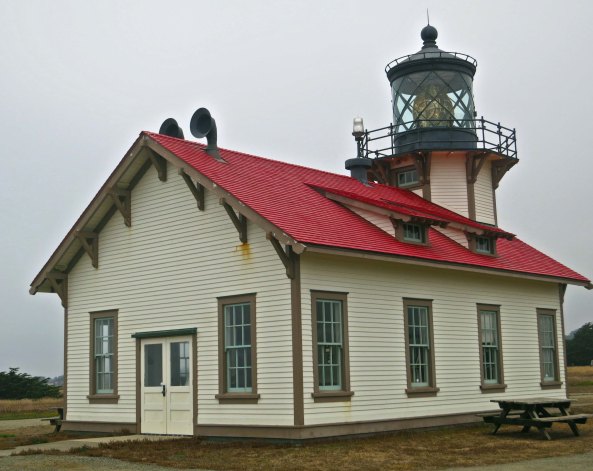
The Point Cabrillo Lighthouse. Those are fog horns pointed out to sea that you see on the front.
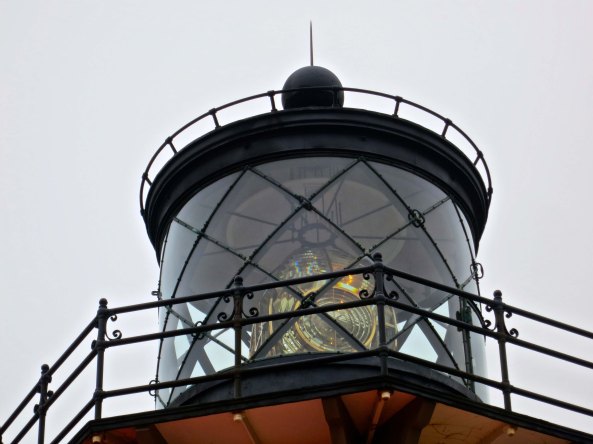
The automated, ever-rotating light on top of the lighthouse.
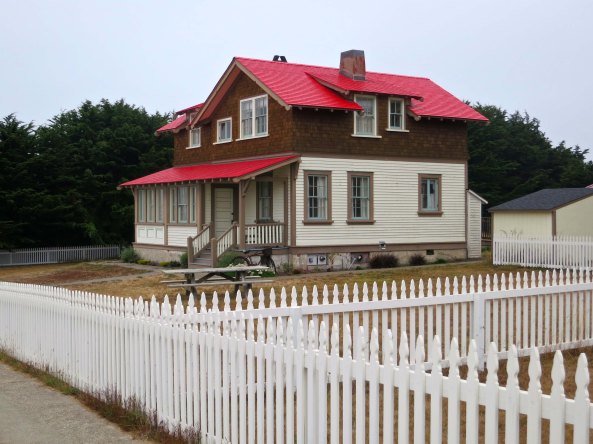
Where the lighthouse keeper once lived.

I took this photo on my walk out to the lighthouse.
The community started out as a logging town with a dog hole port in the 1850s, as so many North Coast towns did. Dog hole refers to the size of the port. If you’ve ever watched a dog turn around to fit into a bed it has scratched out in the dirt, you get the idea. Like the dog in his hole, the ship had just enough space to turn around. Given the additional challenge of steep cliffs, logs were loaded onto ships via a slide that reached down to the deck.

I found this photo of Mendocino’s historic log slide in the Visitor’s Center. The end could be lowered to load the logs onto a ship that would then take them to San Francisco. I am not sure I would want to be on the receiving end.
Mendocino was first named Meiggsville after Henry Meiggs, a San Francisco entrepreneur who had come west to make his fortune in the California Gold Rush. Anything with dollar signs attached had attracted his attention. Redwood lumber needed to build the rapidly growing San Francisco fit the description— as did an opportunity to defraud the city. Before the sheriff could catch up with him, however, Meiggs had skipped out to South America where he made a fortune building railroads and became the “virtual dictator of Peru” according to Wikipedia.
Meiggsville was renamed Mendocino after the cape it is located on and did quite well for the next hundred years selling lumber until the timber industry crashed and it became a backwater town with little money and fewer people. Artists discovered it in the 50s, as they often do when a place is both beautiful and inexpensive. Tourists weren’t far behind. Inexpensive no longer describes Mendocino, but the town has retained its beauty and still has a thriving art community.
I did what I always do in Mendocino: walked up and down the streets, hiked along the coast, bought my quota of books at the Gallery Bookstore, and scarfed down a delicious meal.
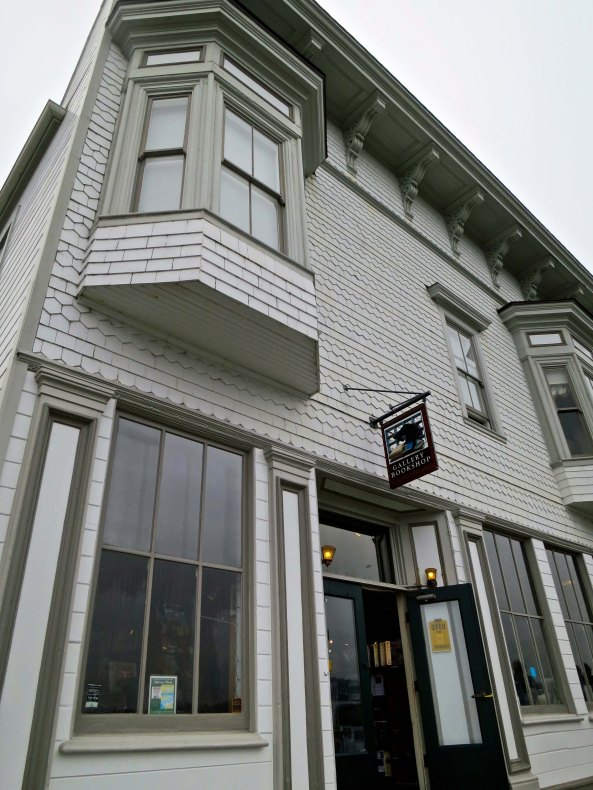
An hour or two can easily be spent wandering around the small town. The historic buildings have been well preserved, and repurposed. This is the Gallery Bookshop, one of the best found on the coast. I always go there first. The sign features a bookstore cat.
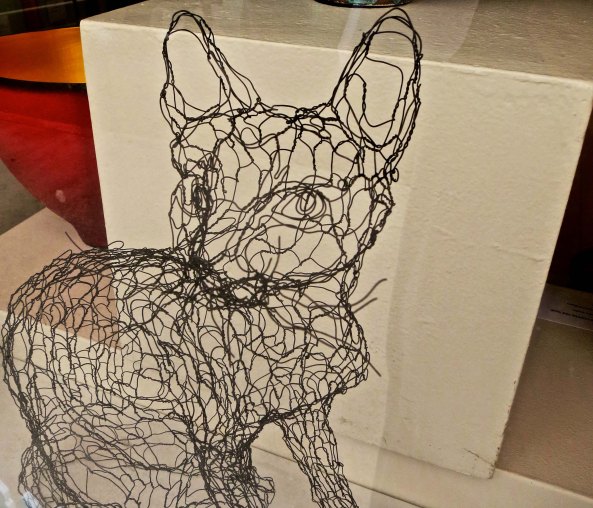
Shops feature everything from crafts to very good art. I found this cat in a shop next to the book store and was amused/impressed by the creative use of chicken wire.
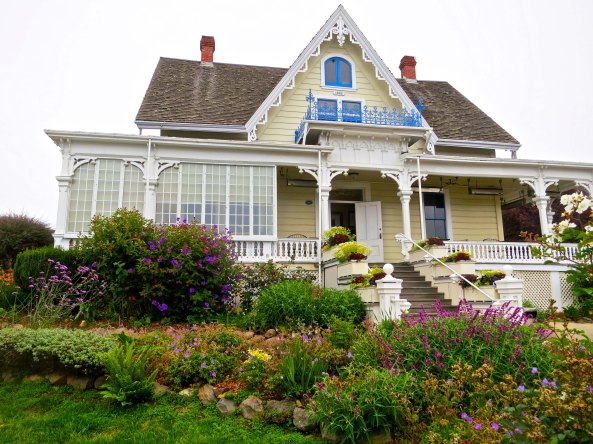
Mendocino features a number of gorgeous, historic homes. Many have been turned into B&Bs.
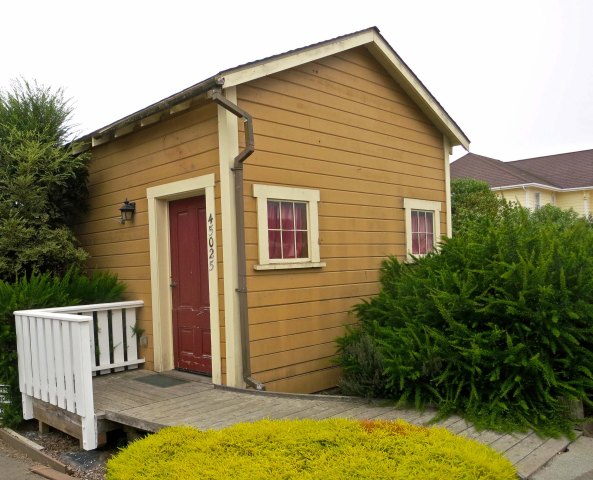
This early home fits the description of “tiny homes” being built today. There was a sign next to it I found touching:” Watch out for the old dog.” Had I seen him/her, its photo would be next. (grin)
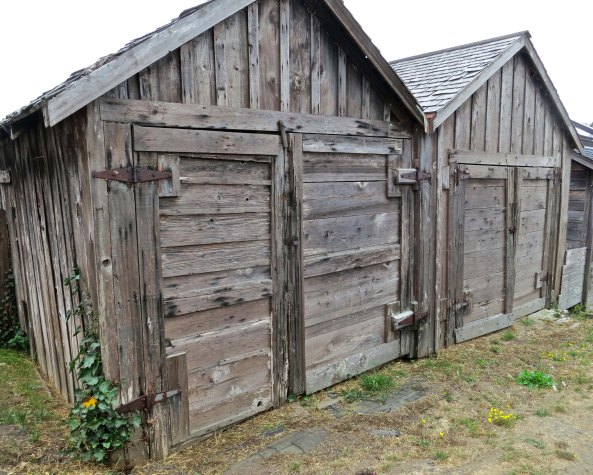
But I found this ‘old’ two car garage a decent substitute.
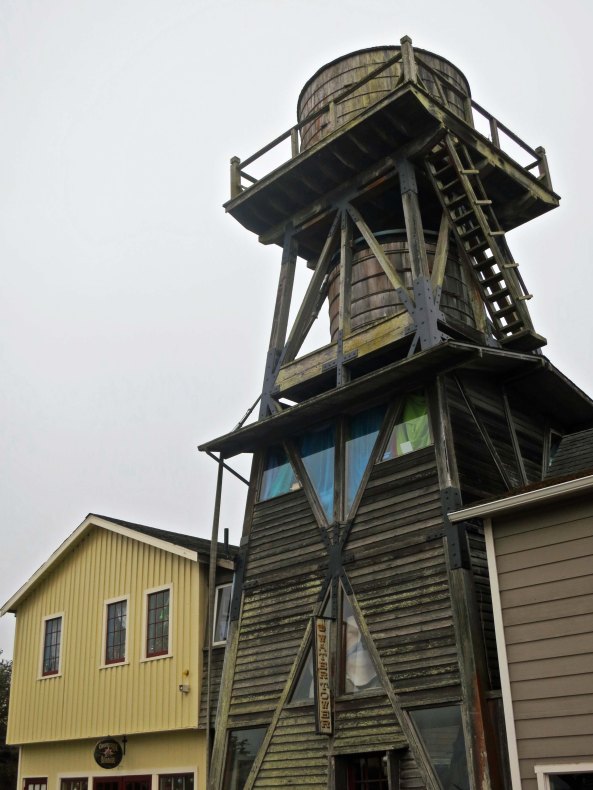
A number of water towers and even a windmill reflect the difficulty that original residents had in obtaining and keeping water. Their presence adds to the unique look of Mendocino.
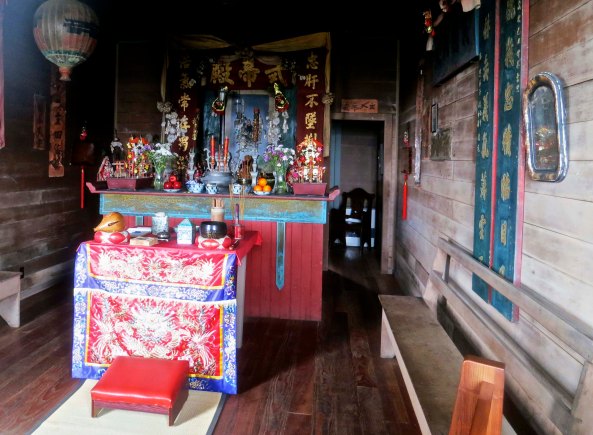
Chinese were among the first inhabitants of Mendocino and this Chinese temple from the 1800s is one of the oldest. It was closed so I took this photo through the window.
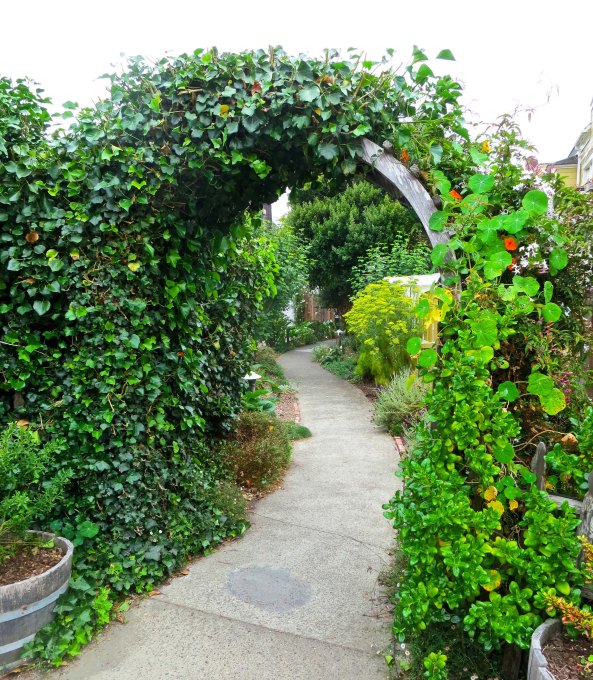
The foggy, moist climate of the coast is great for growing things and attractive landscapes are found throughout the town.

And finally, the Mendocino Headlands form the backdrop for Mendocino. Any visit to the town should include a walk along the coast.
NEXT BLOG: It snowed here on Sunday providing an opportunity for Peggy and me to go on a winter-wonderland walk. Photos from the walk will provide our holiday card to the great folks who follow this blog from around the world.
